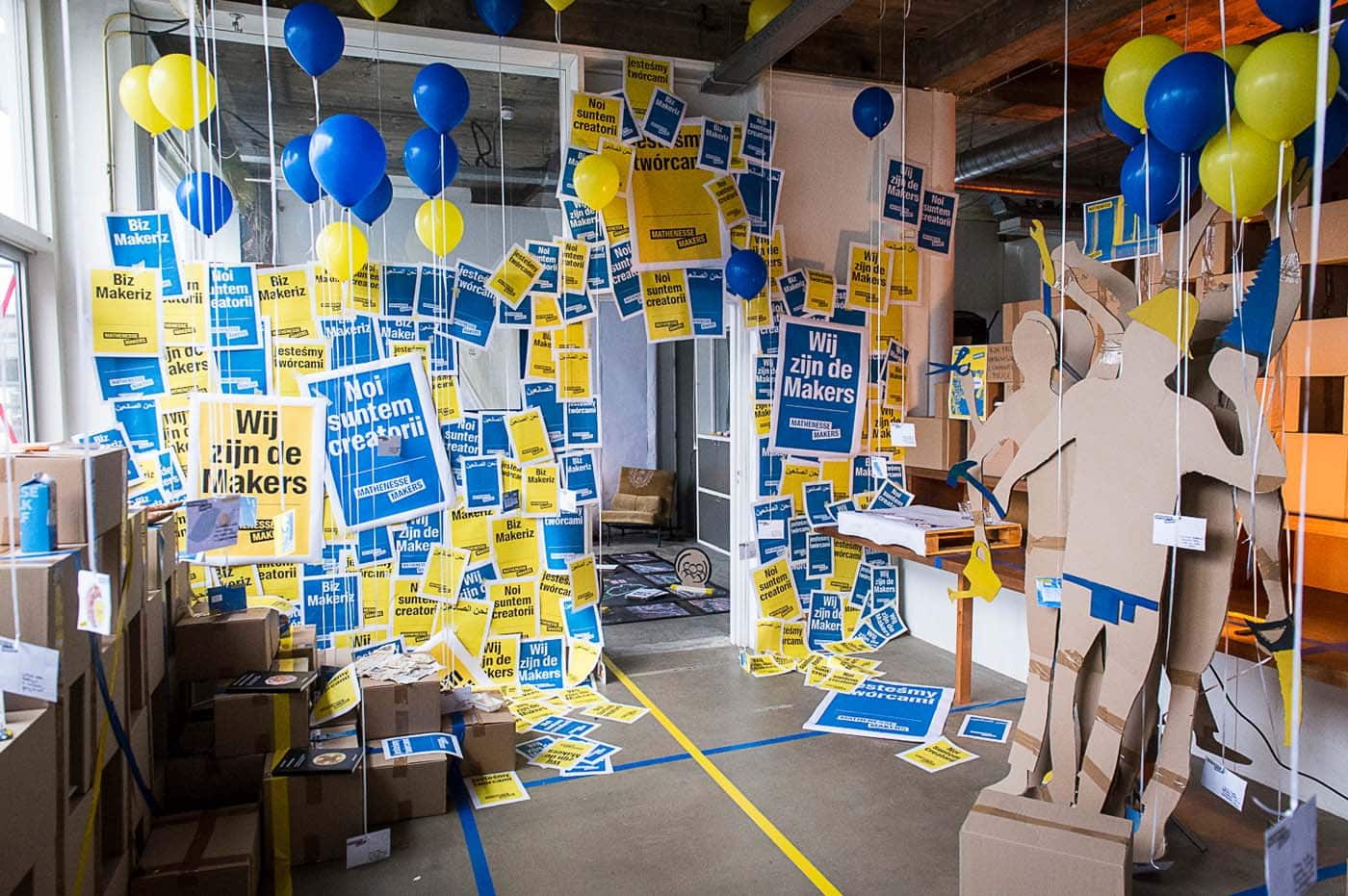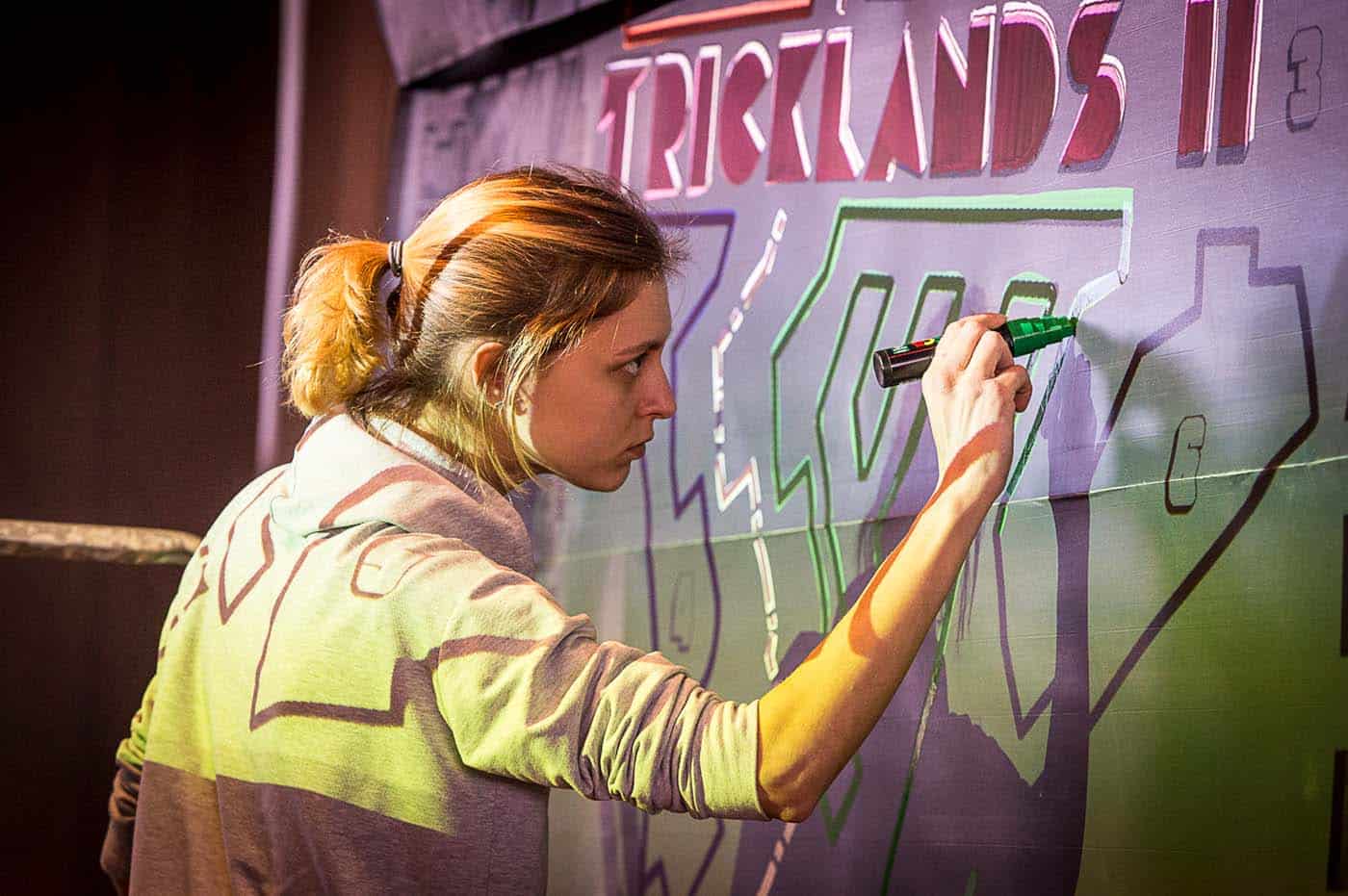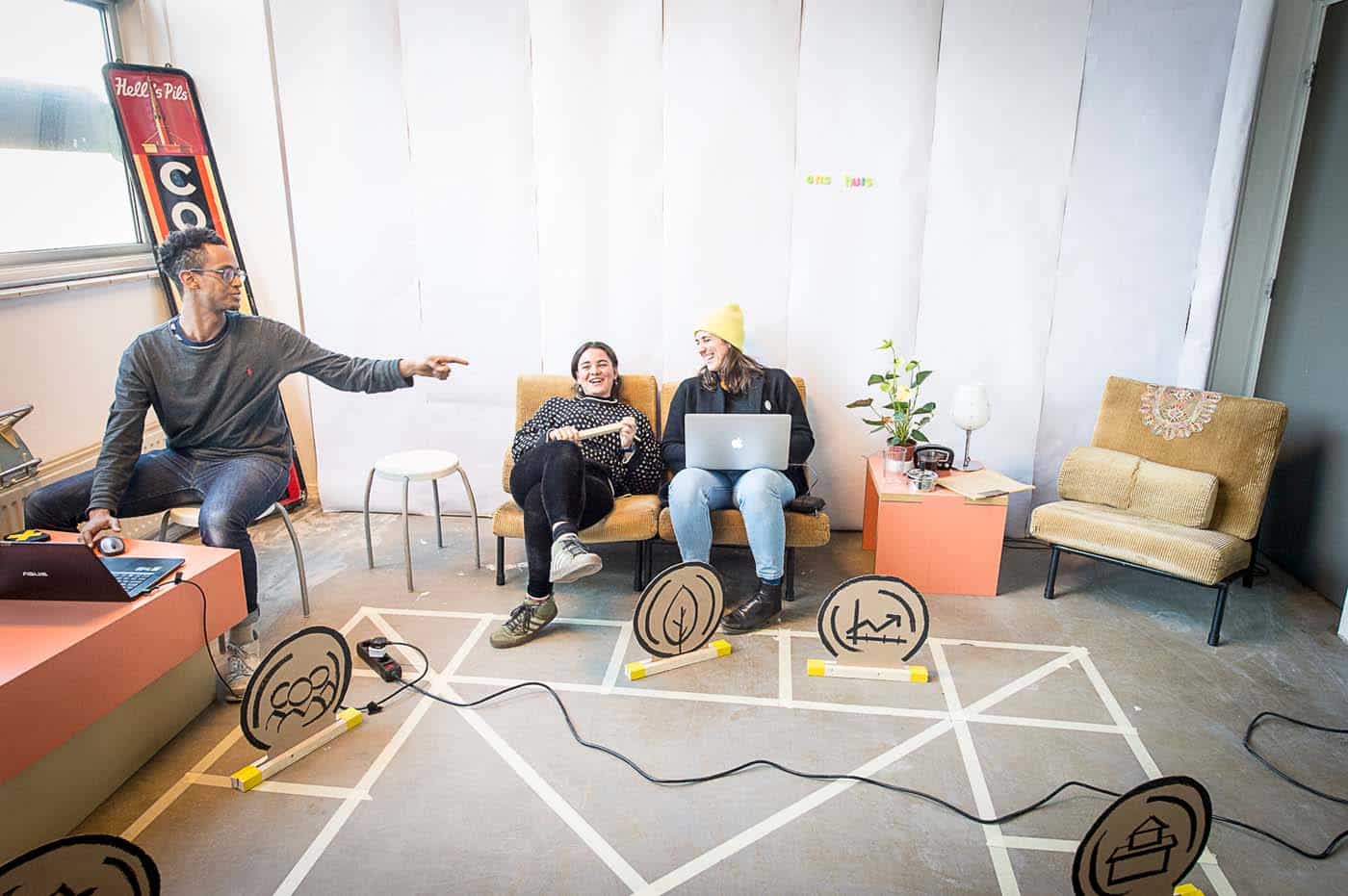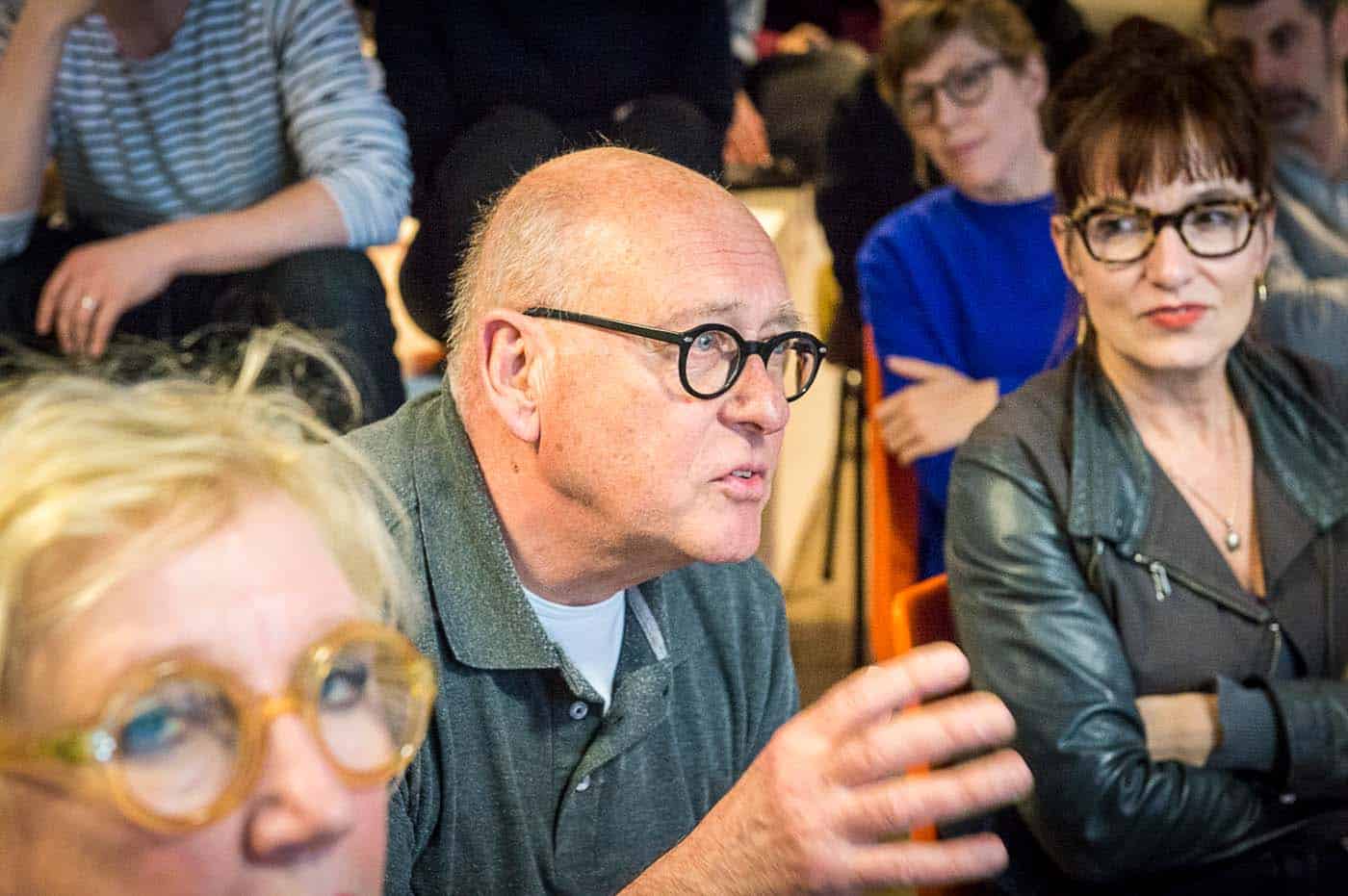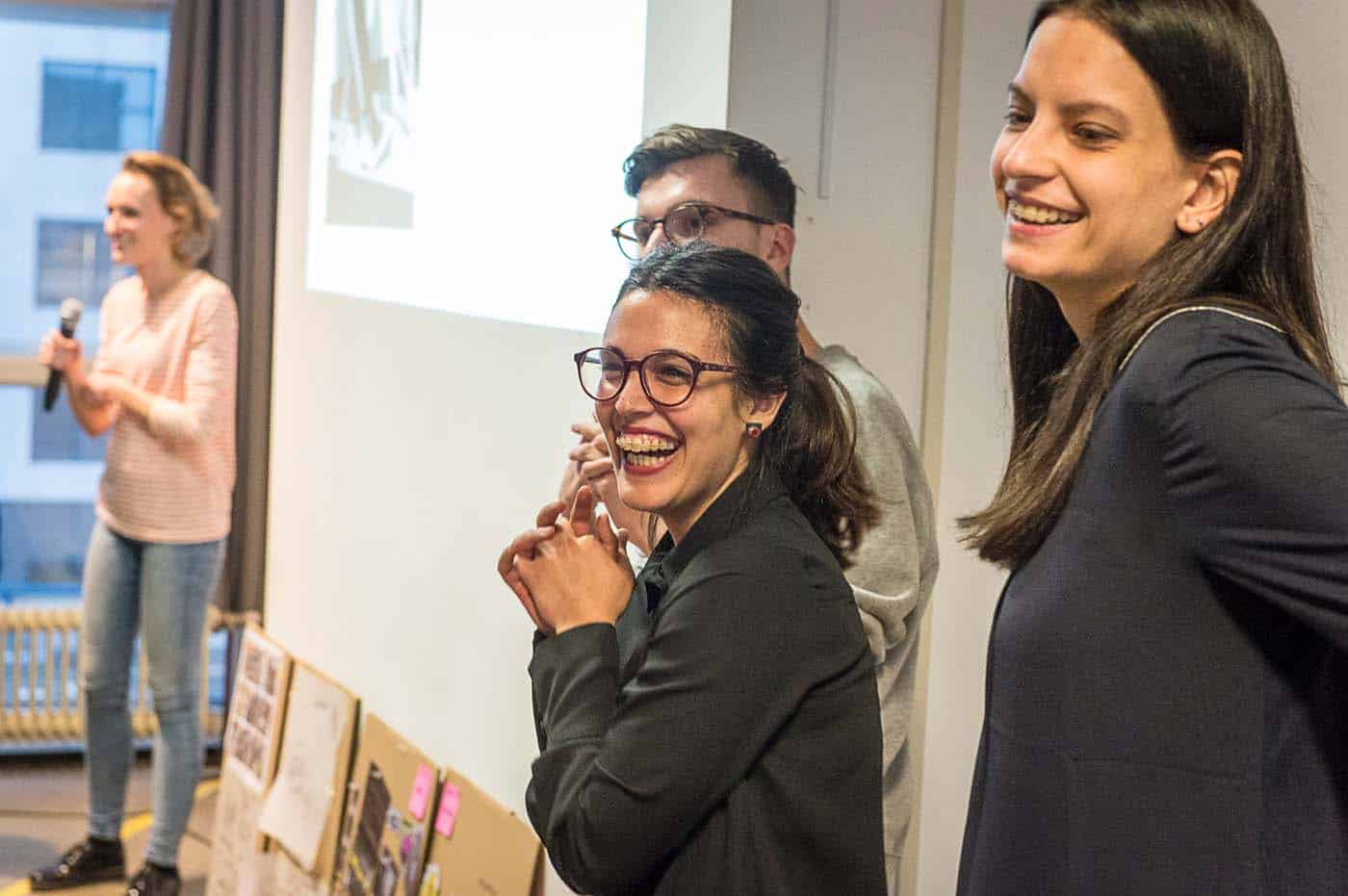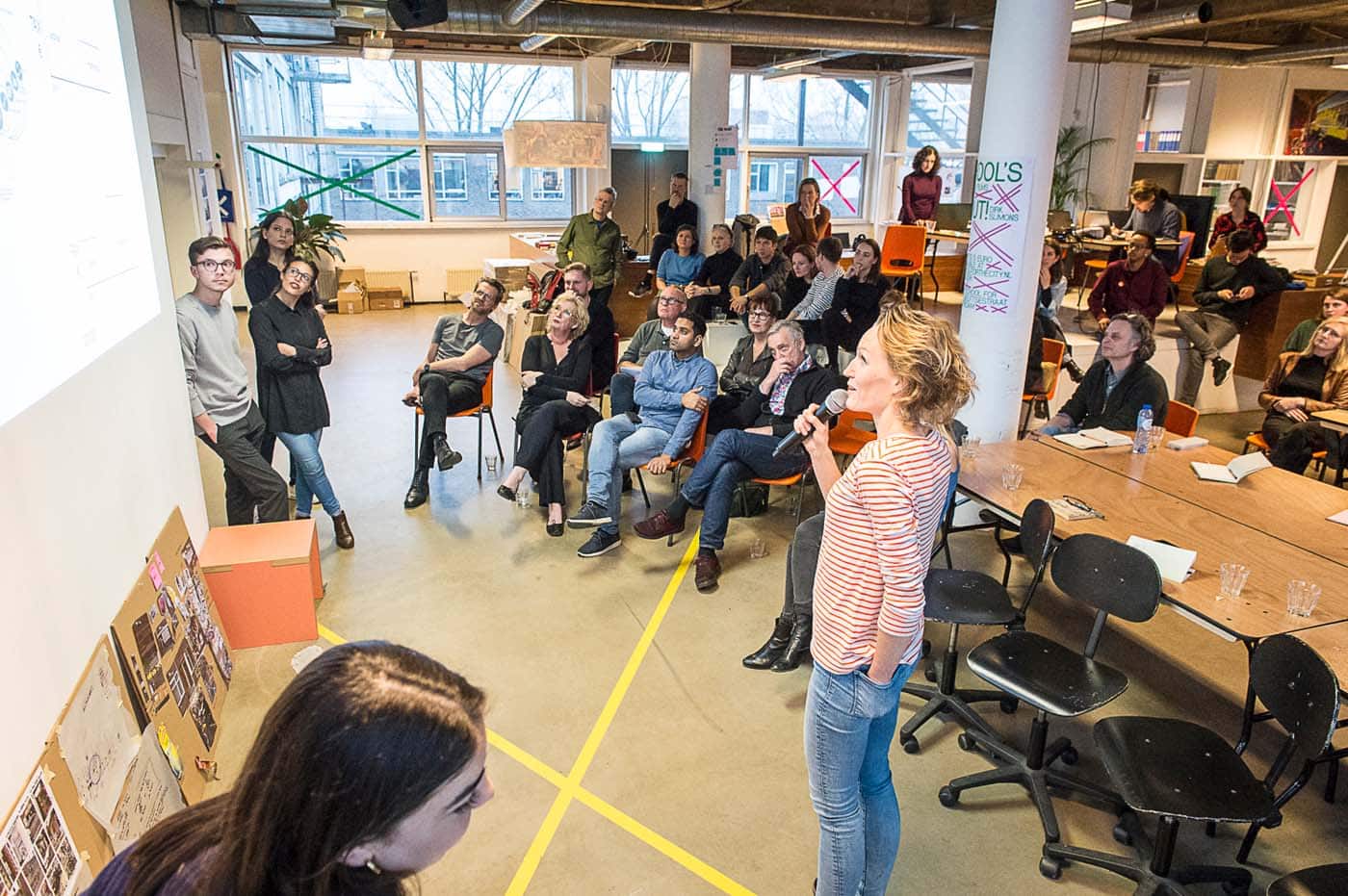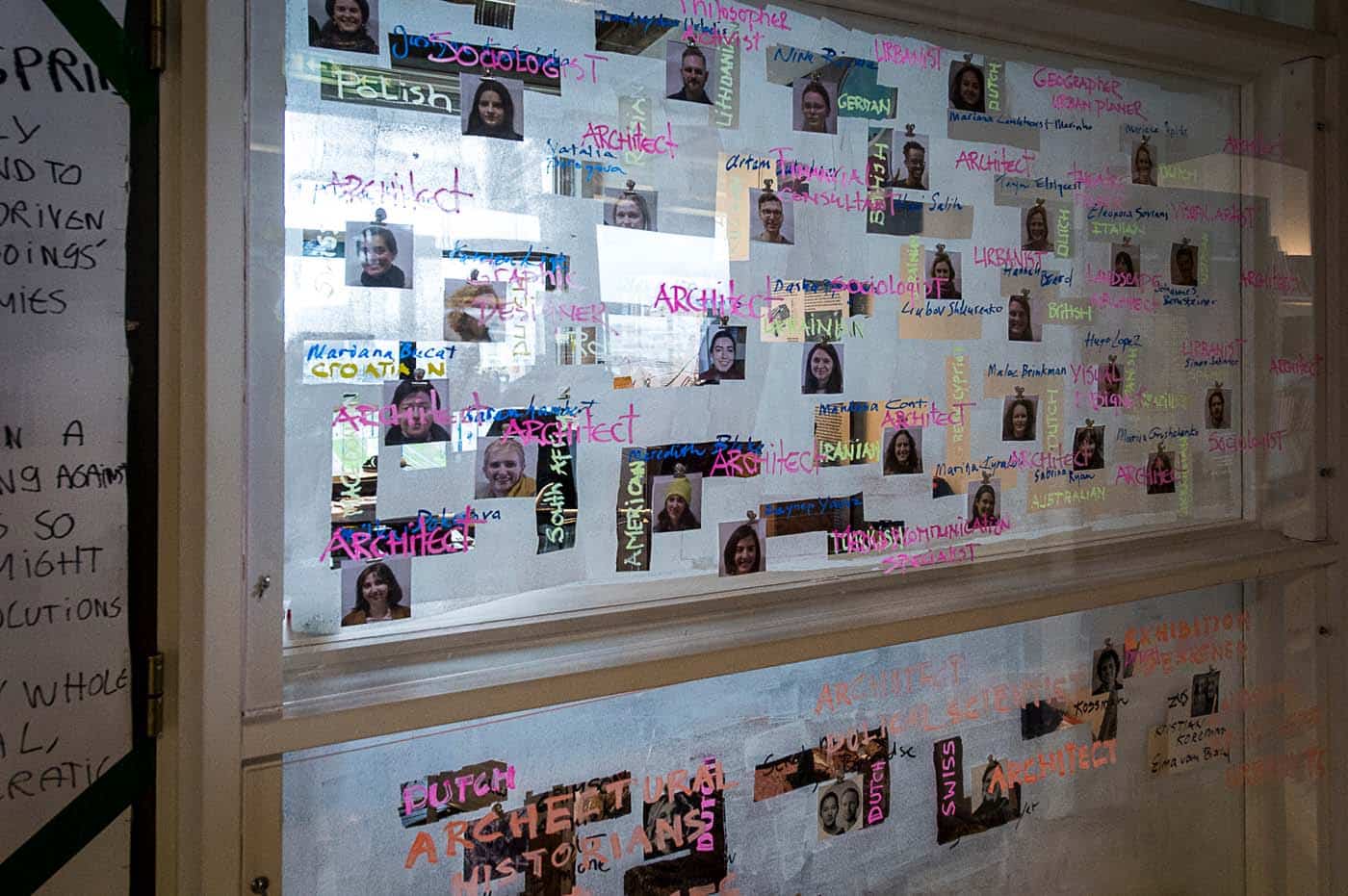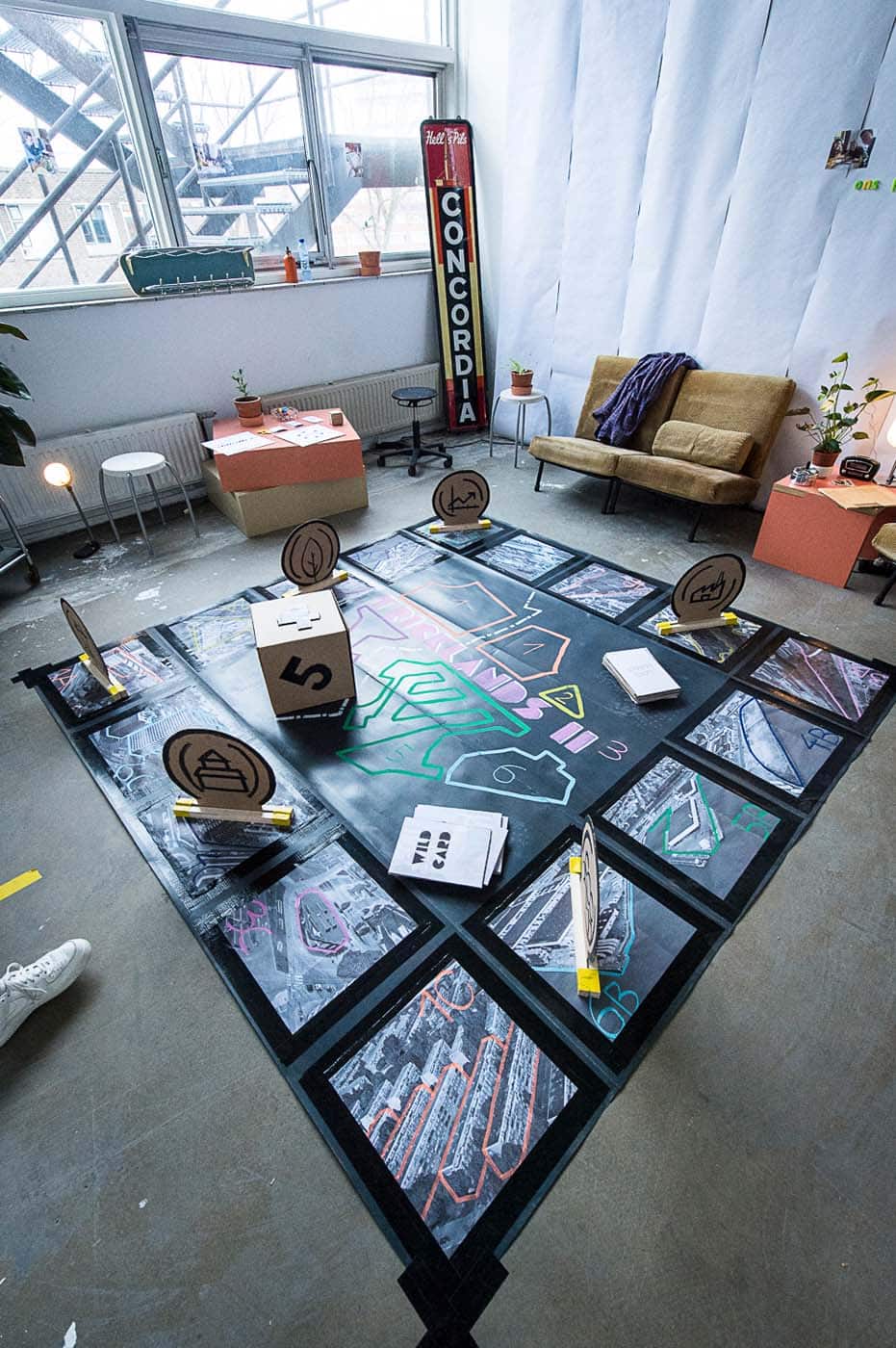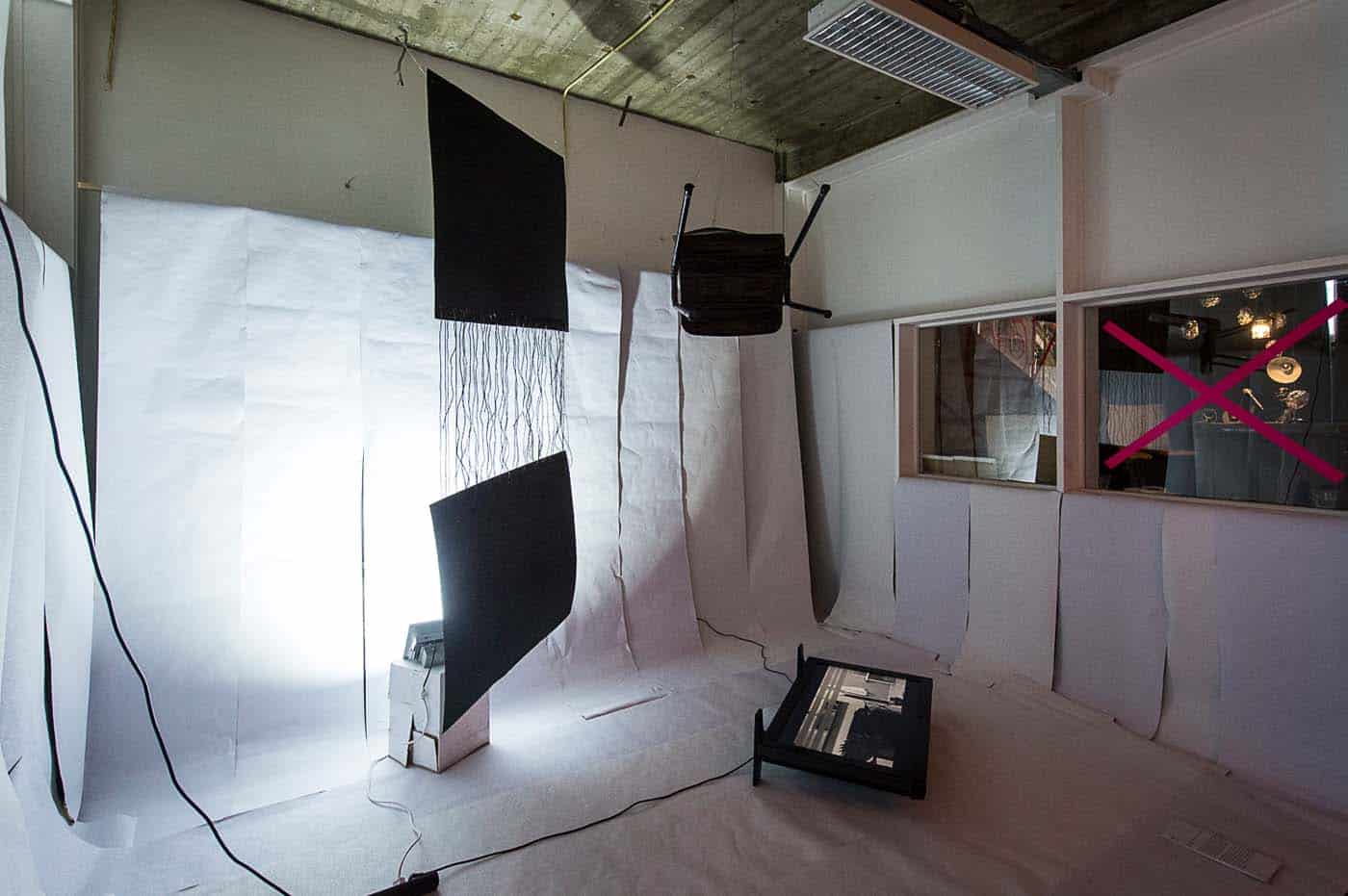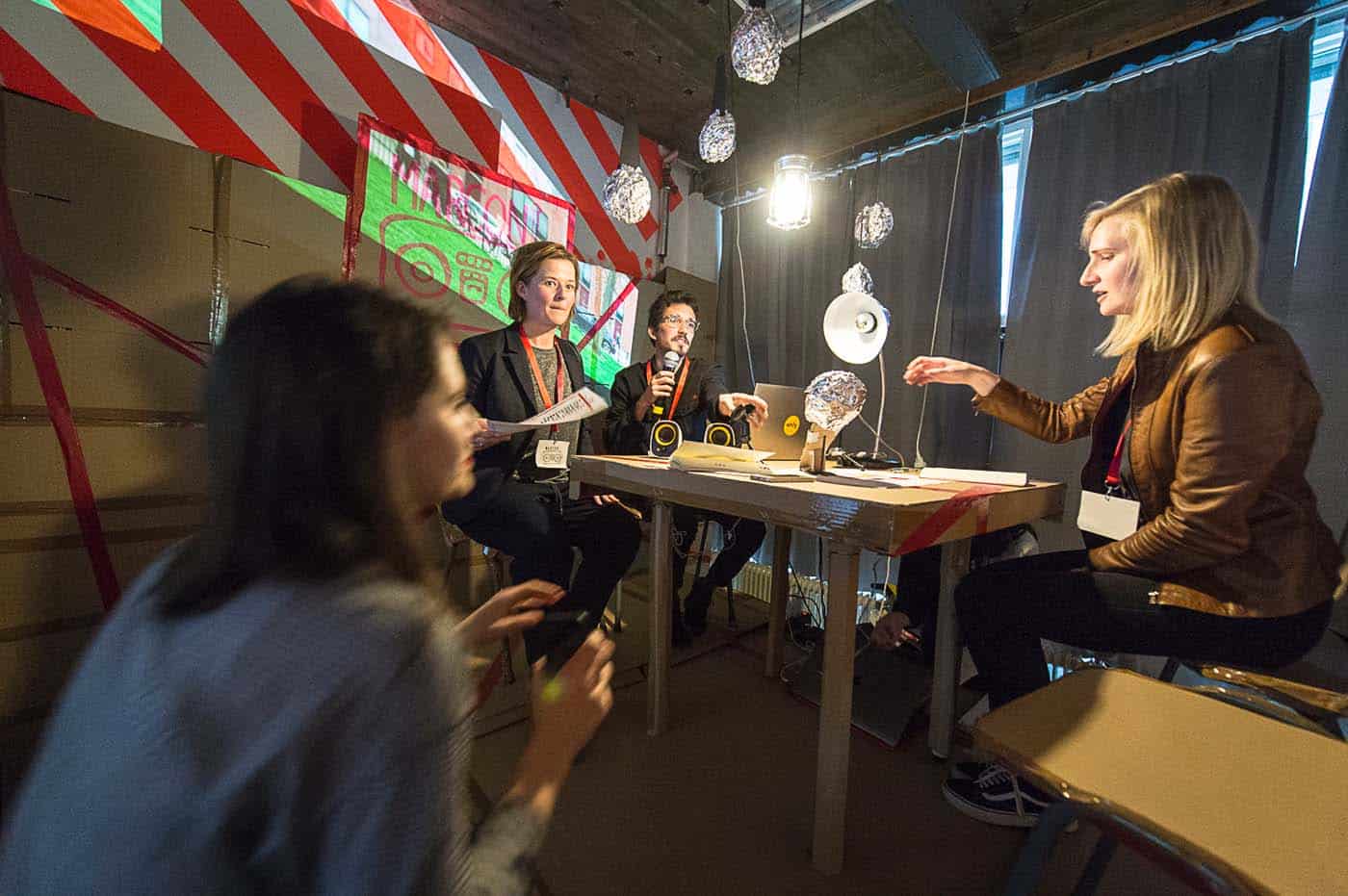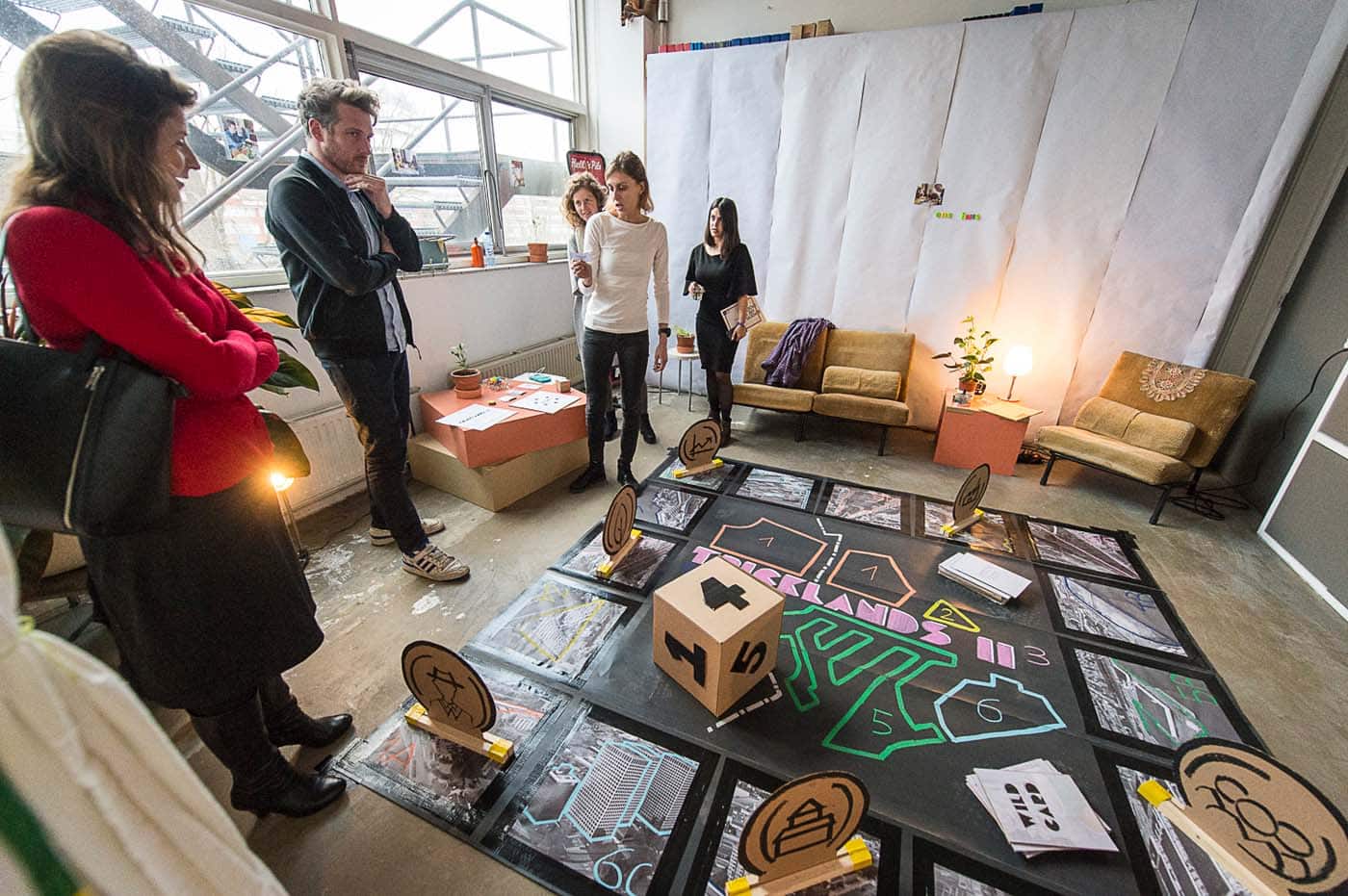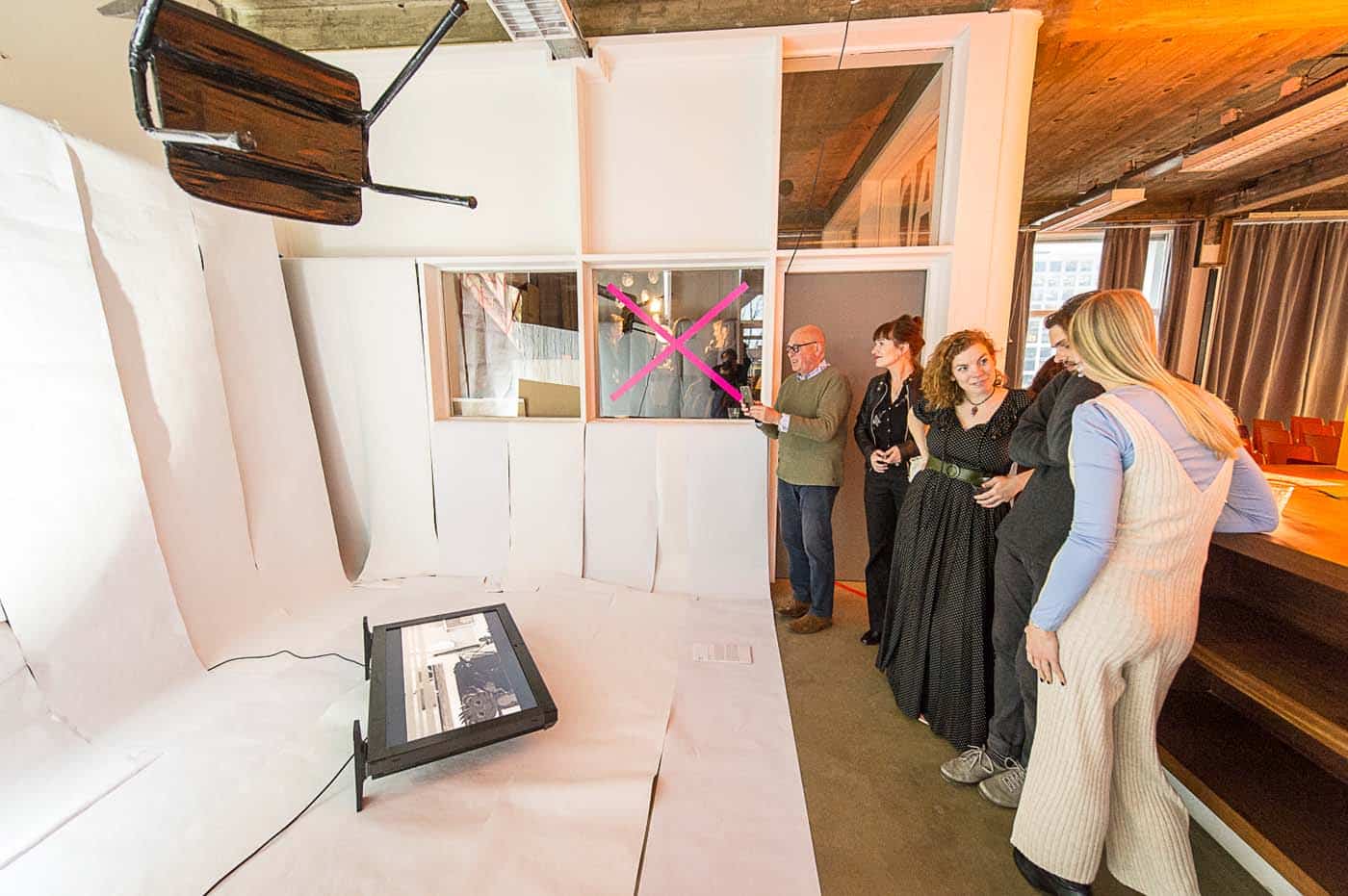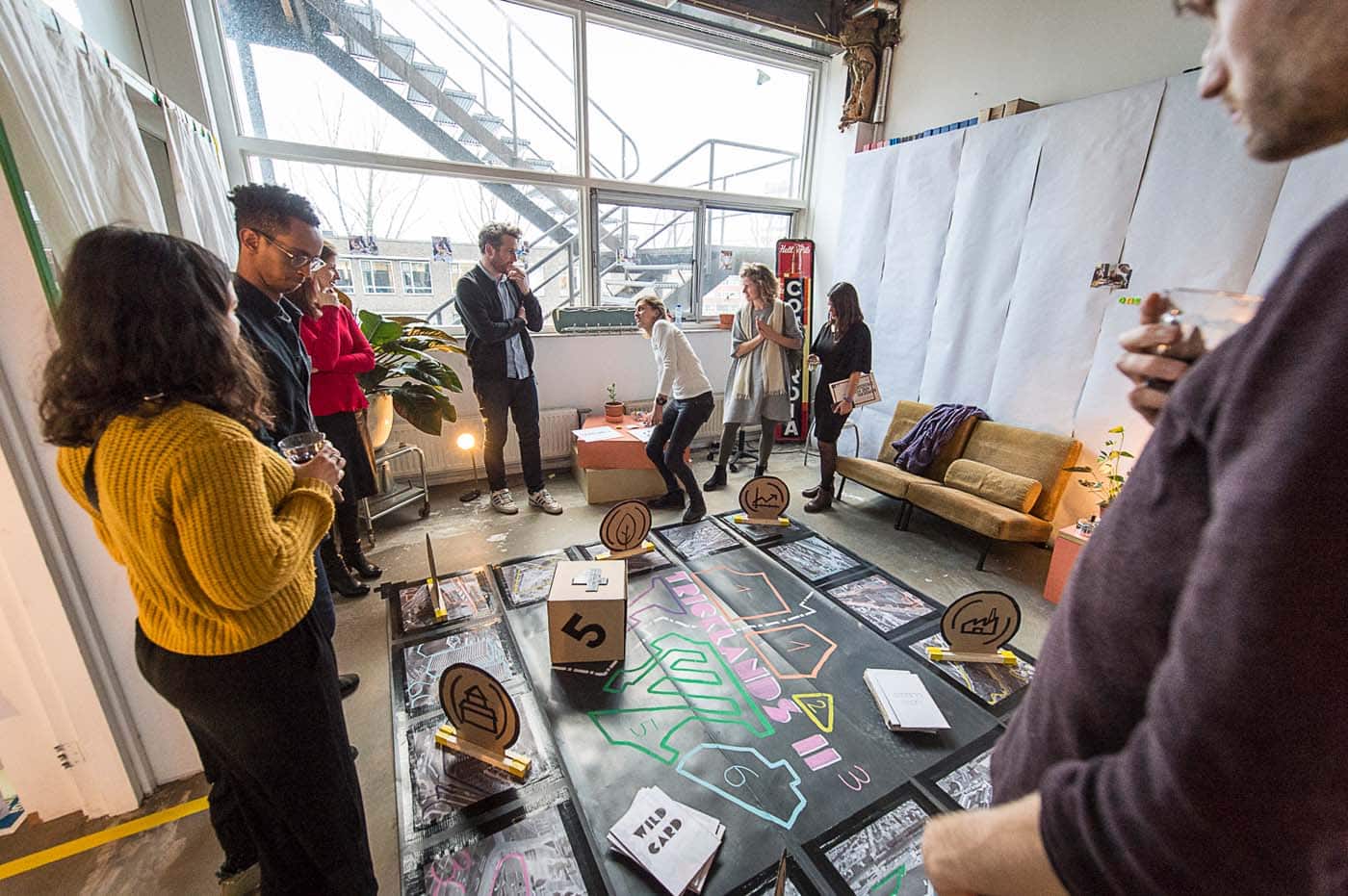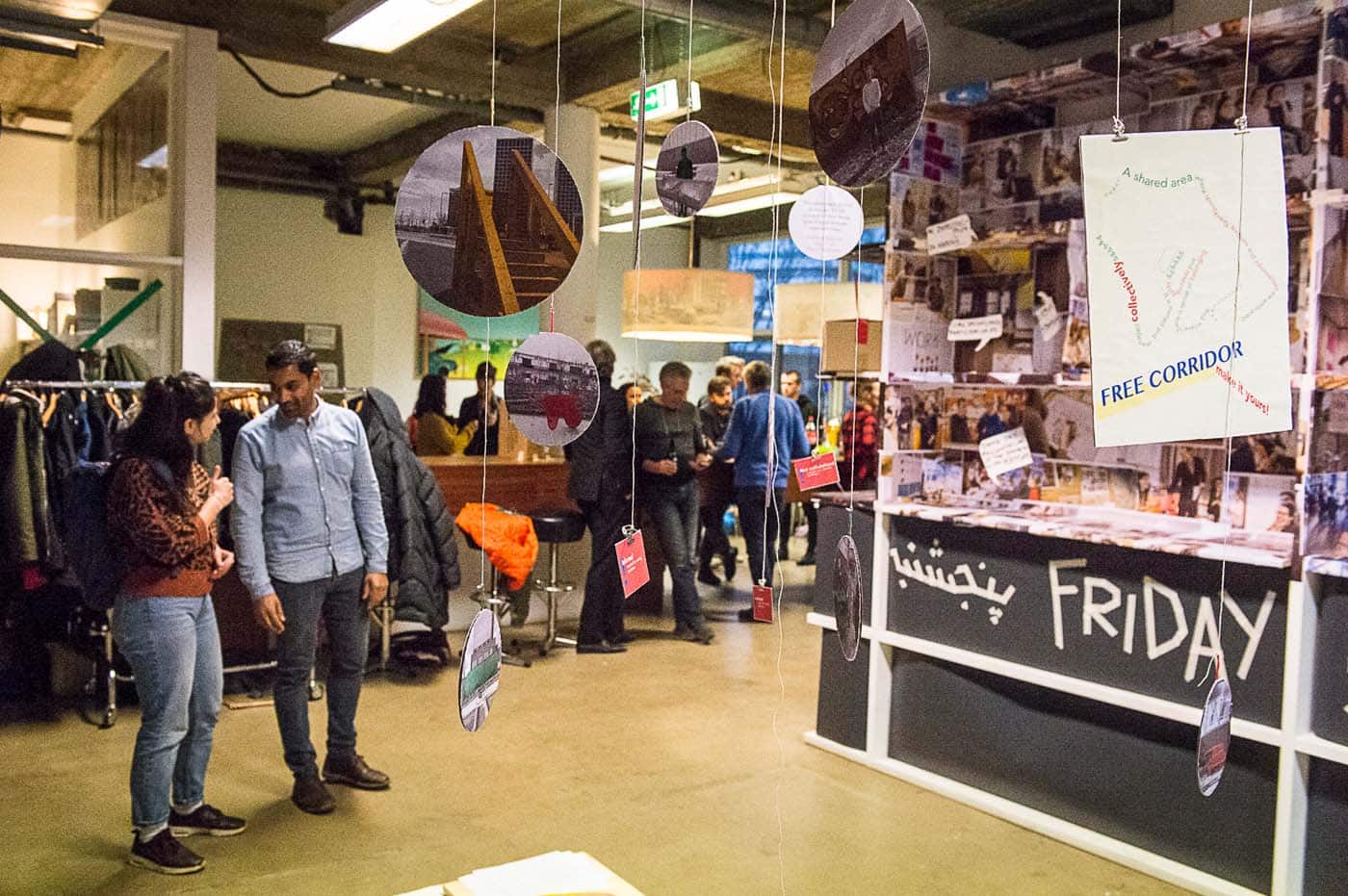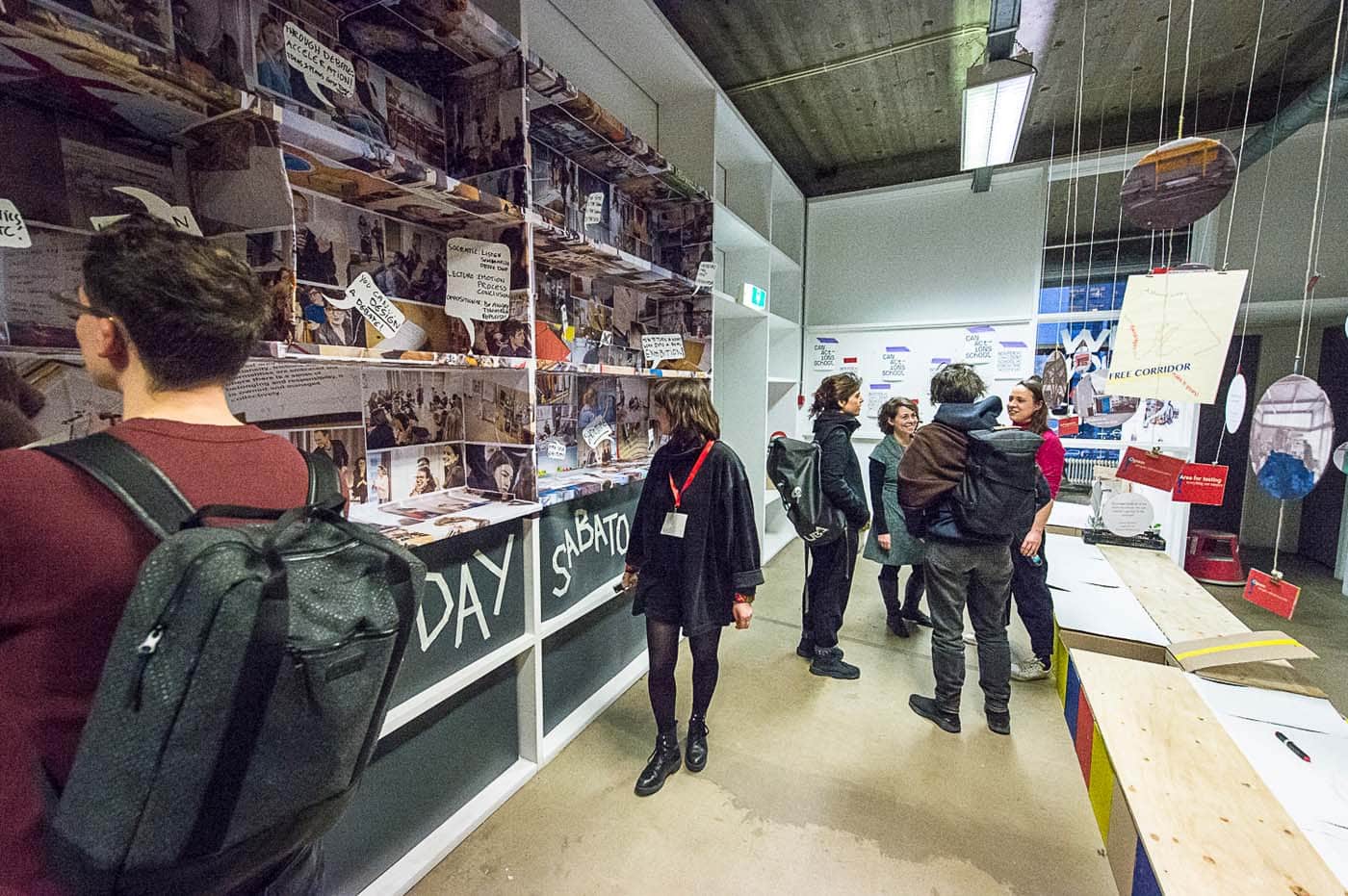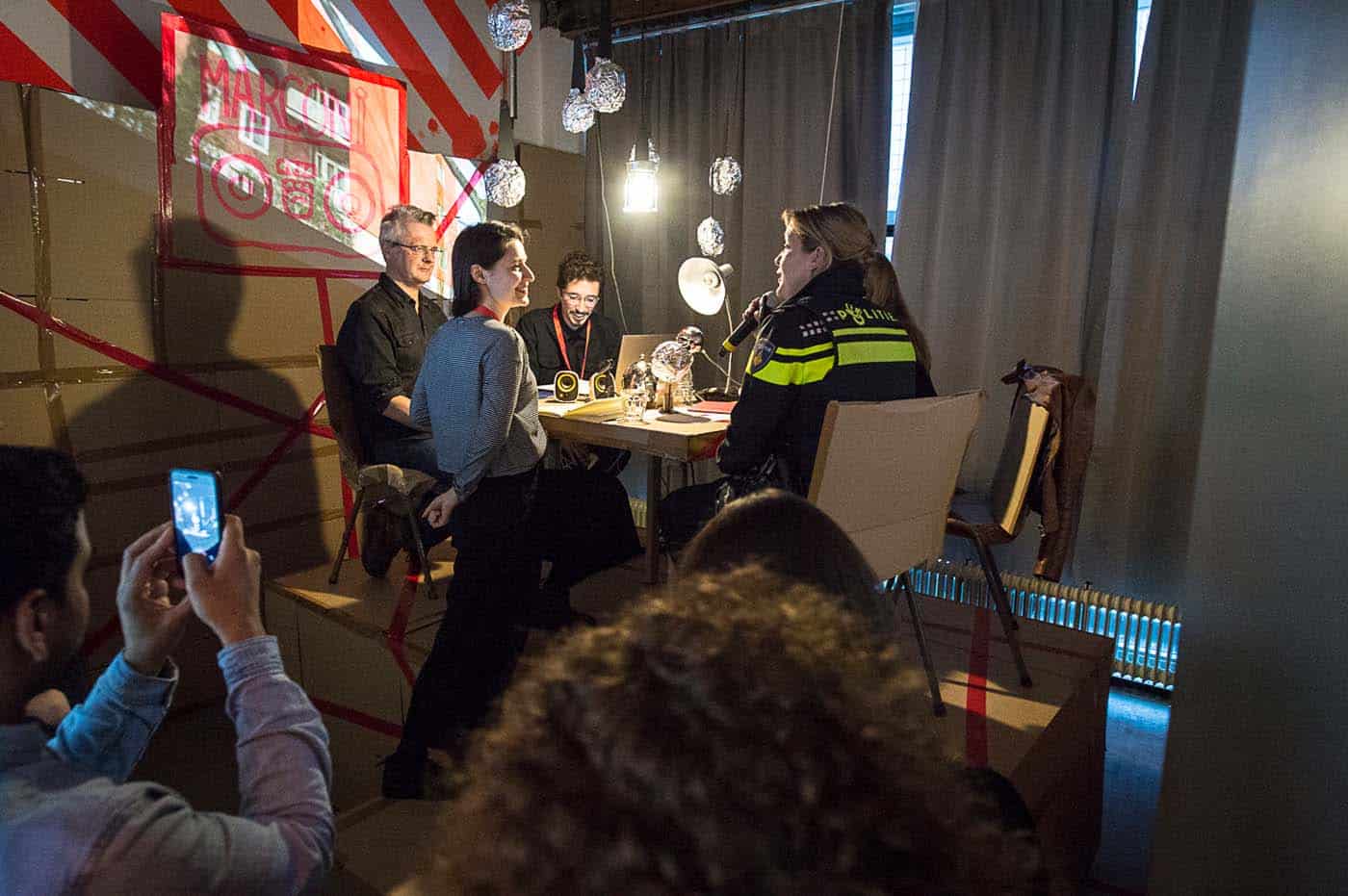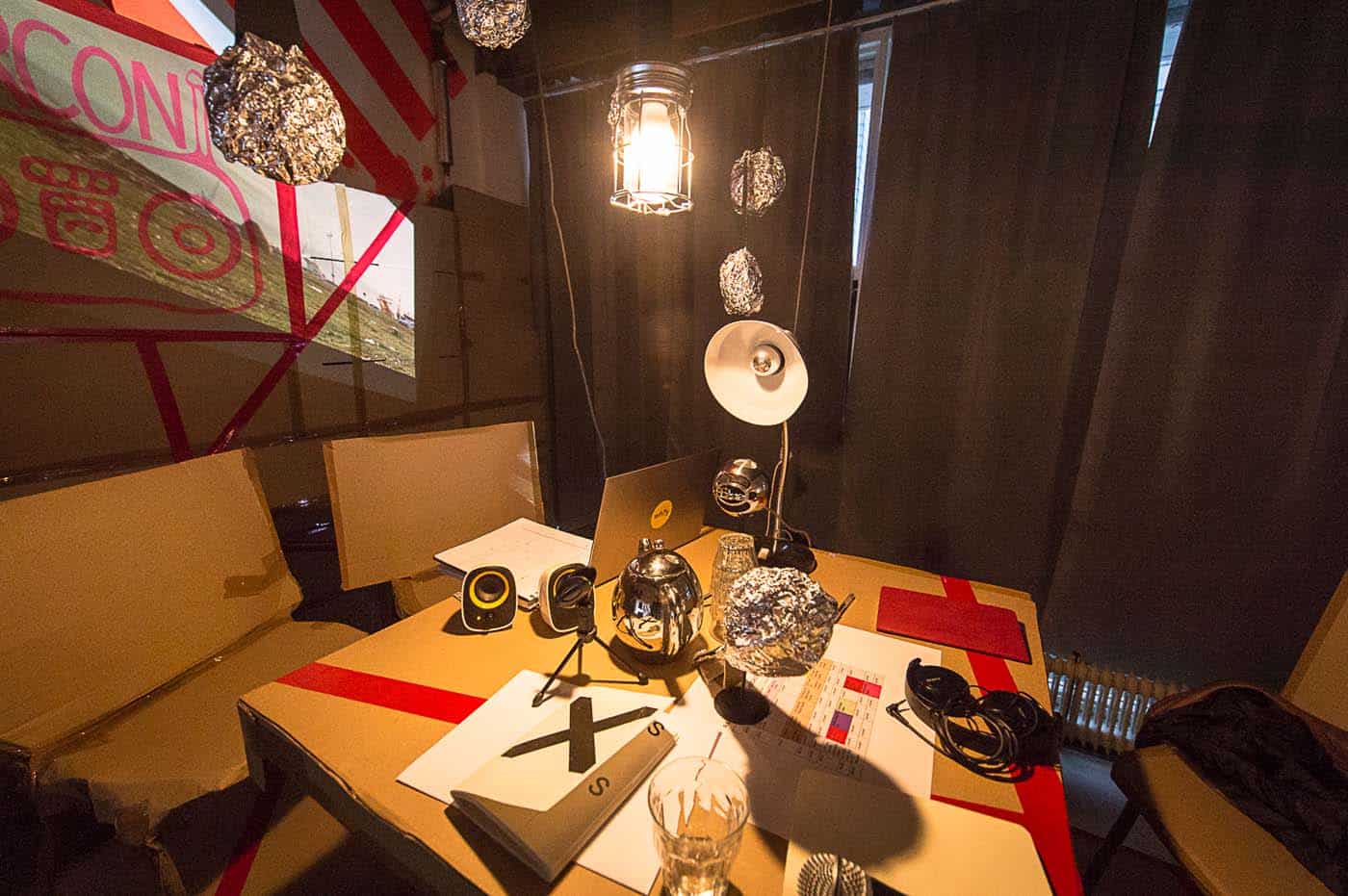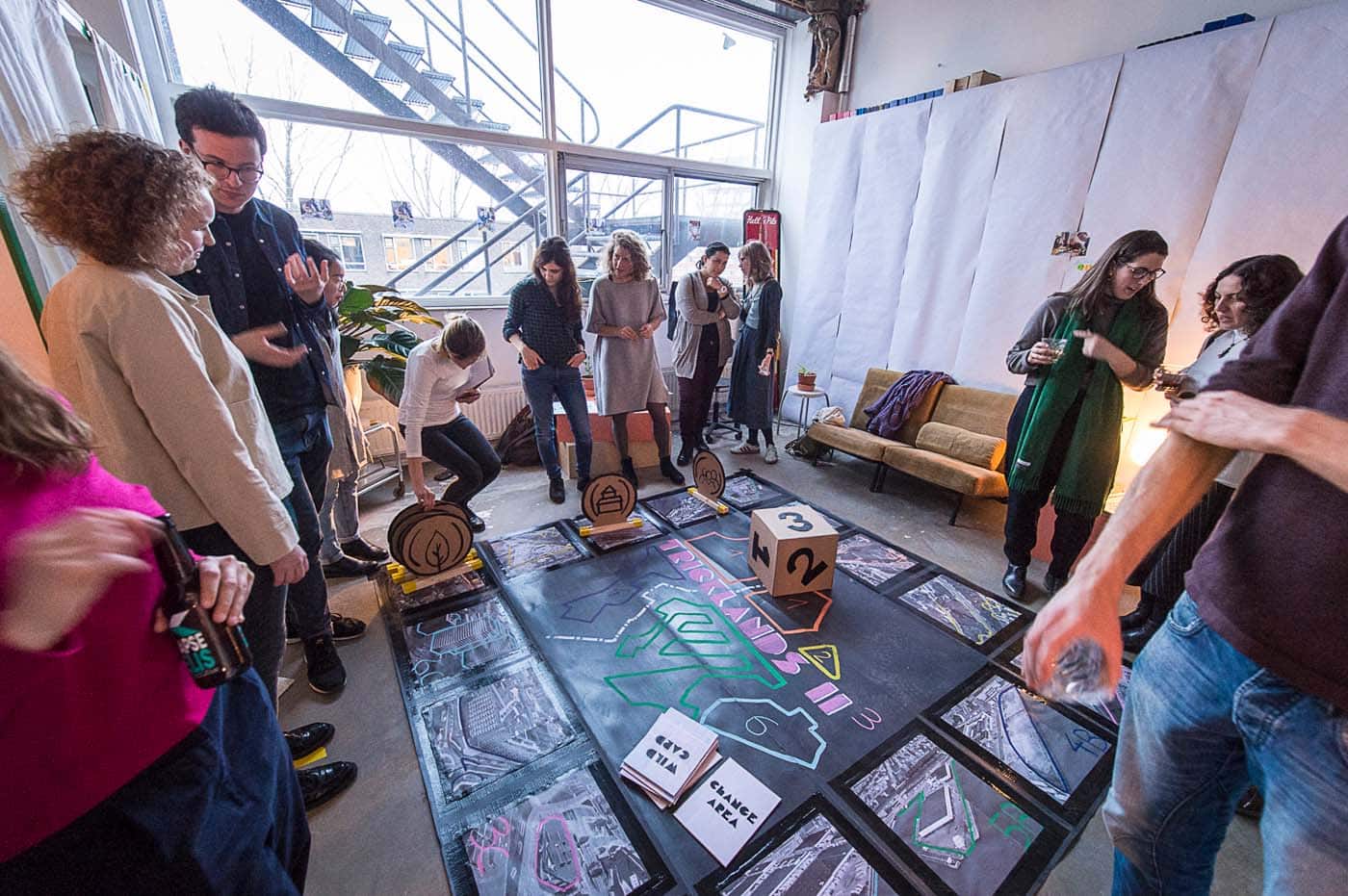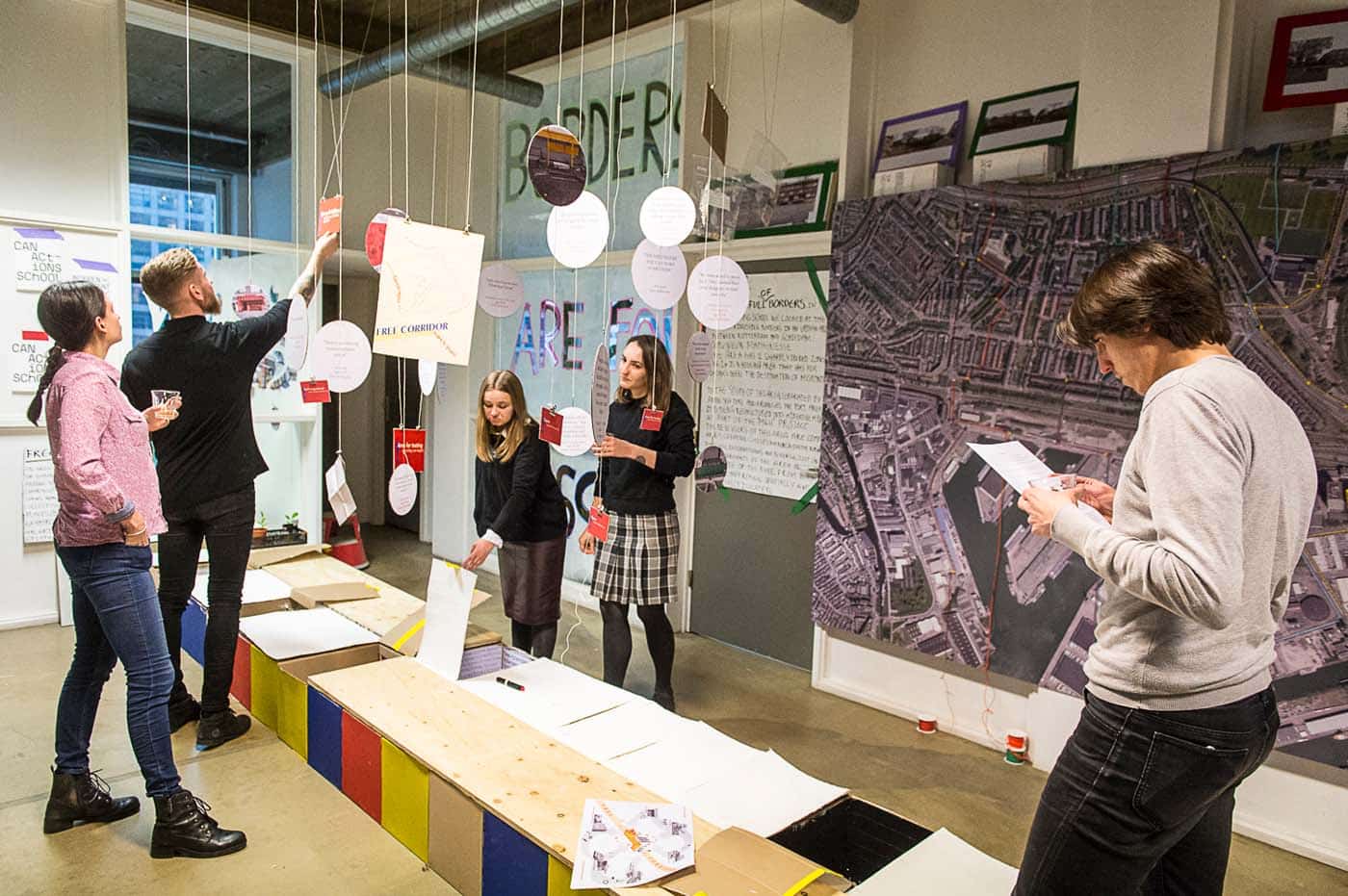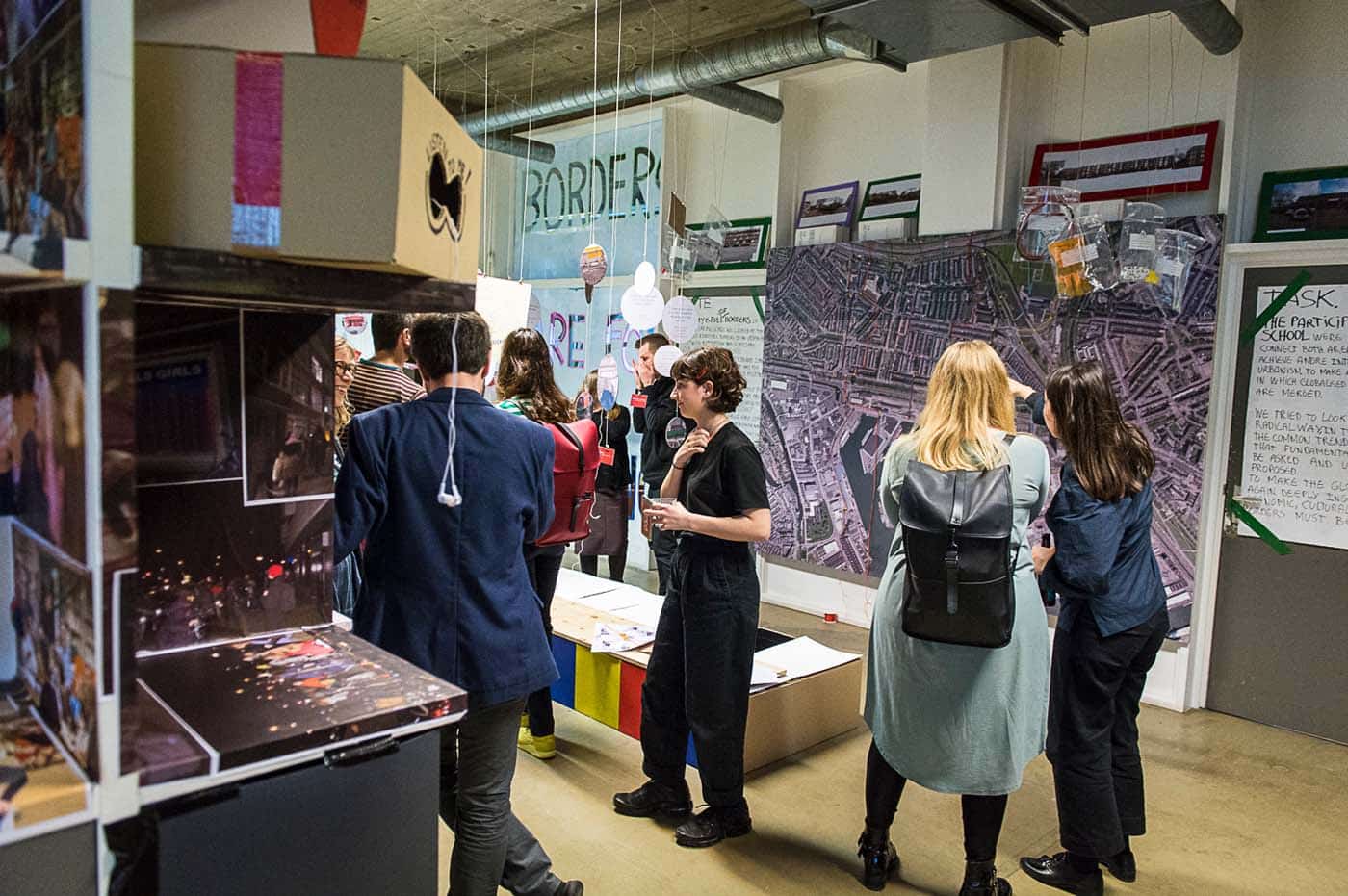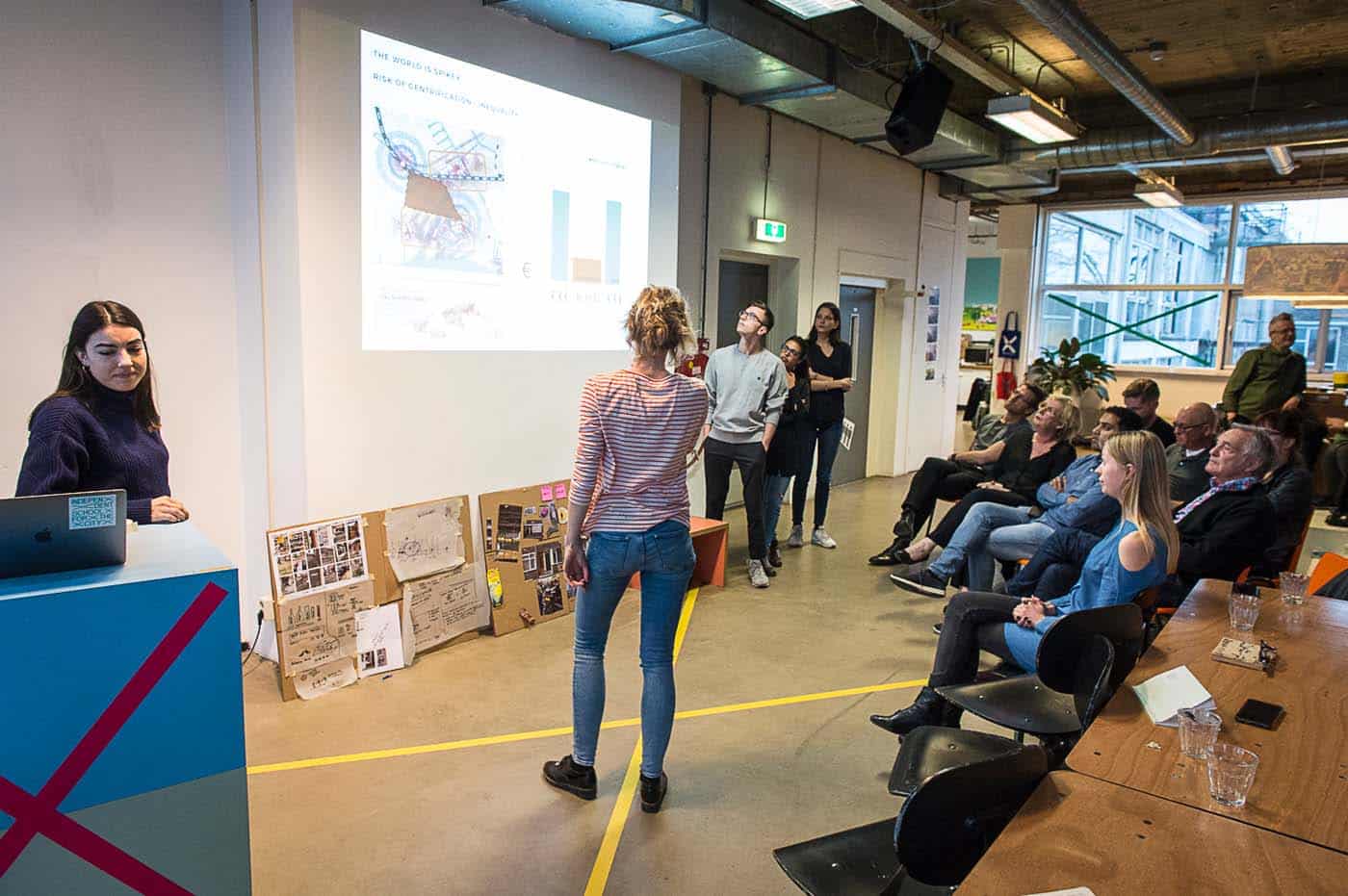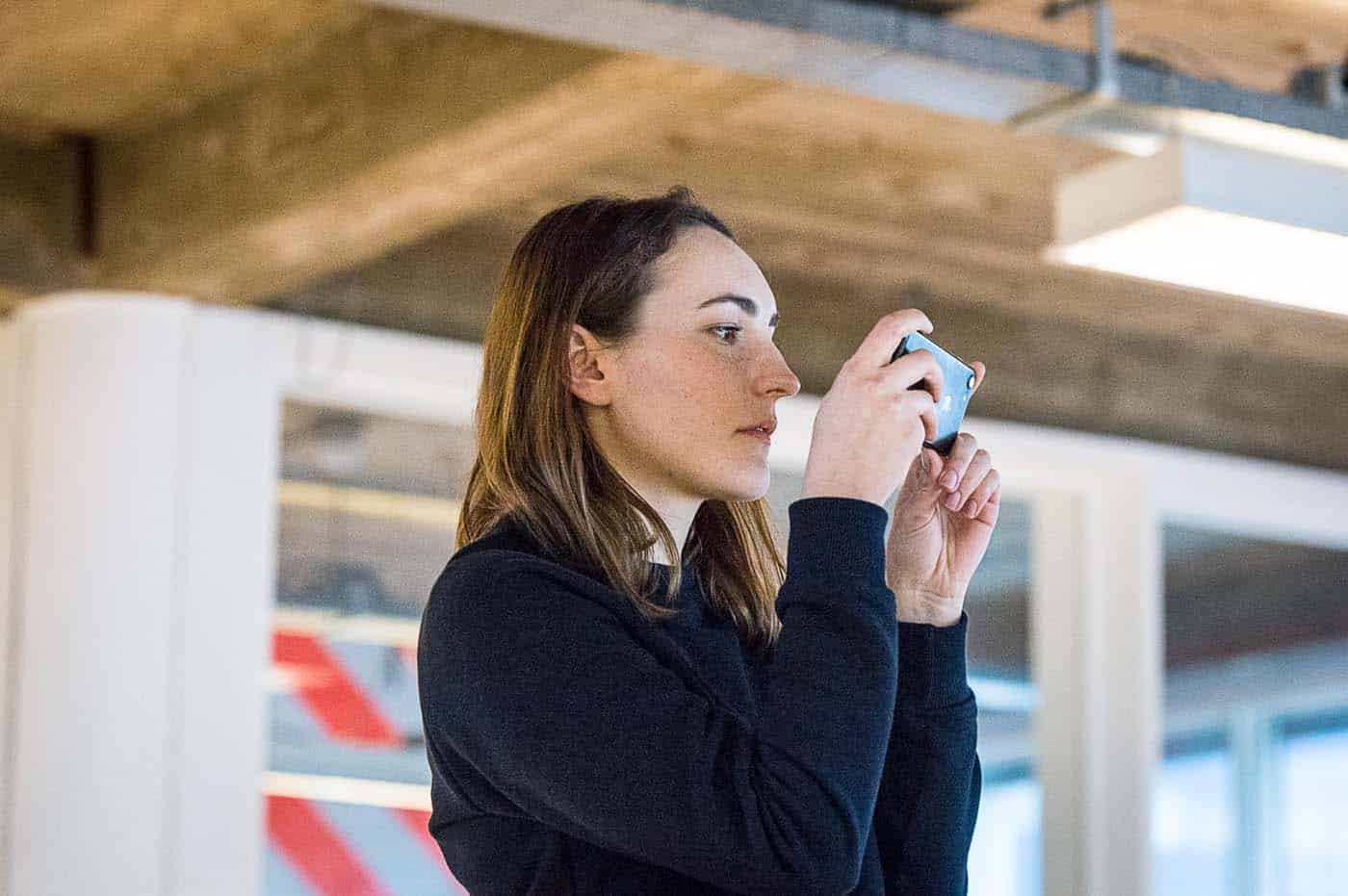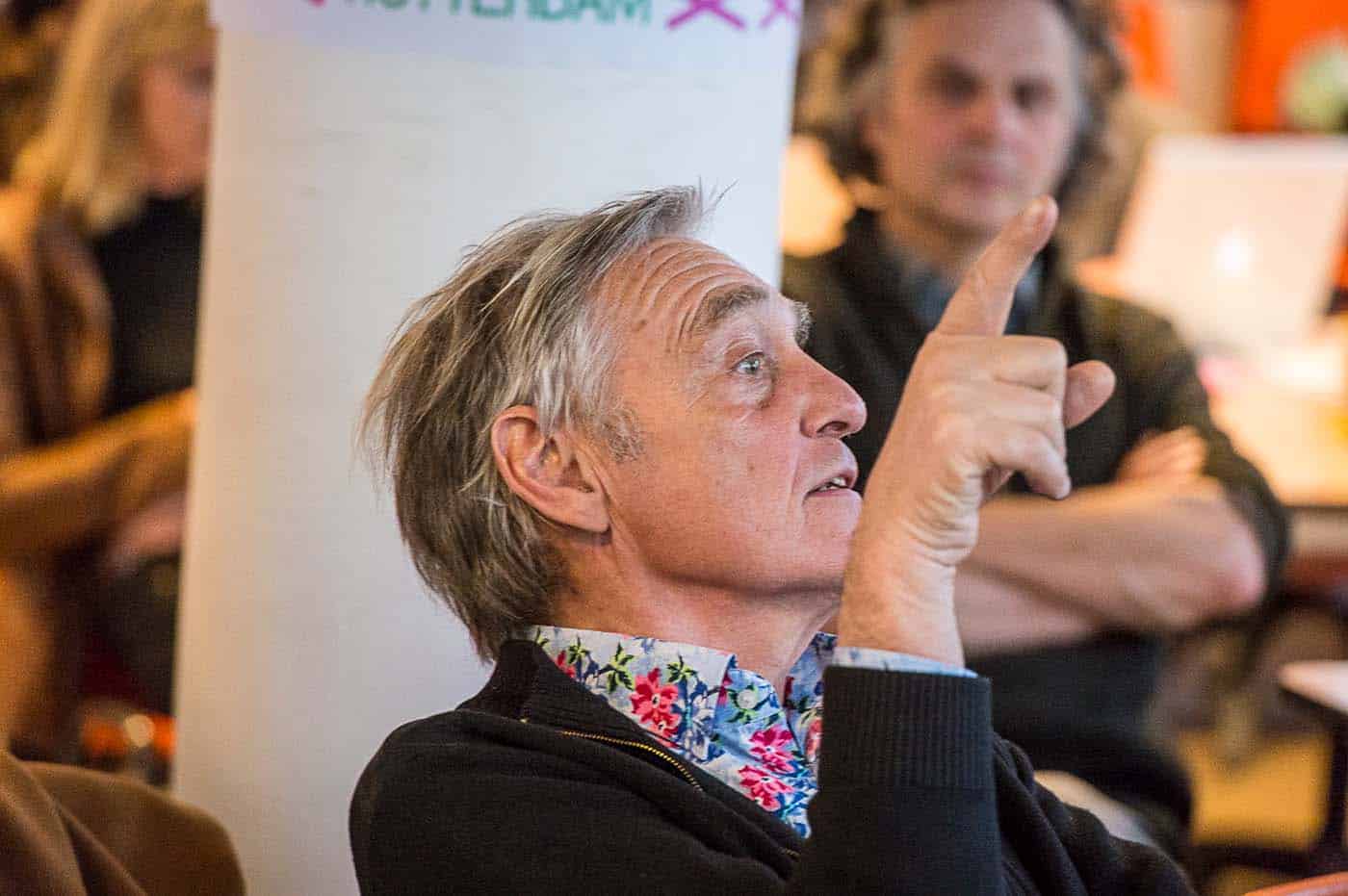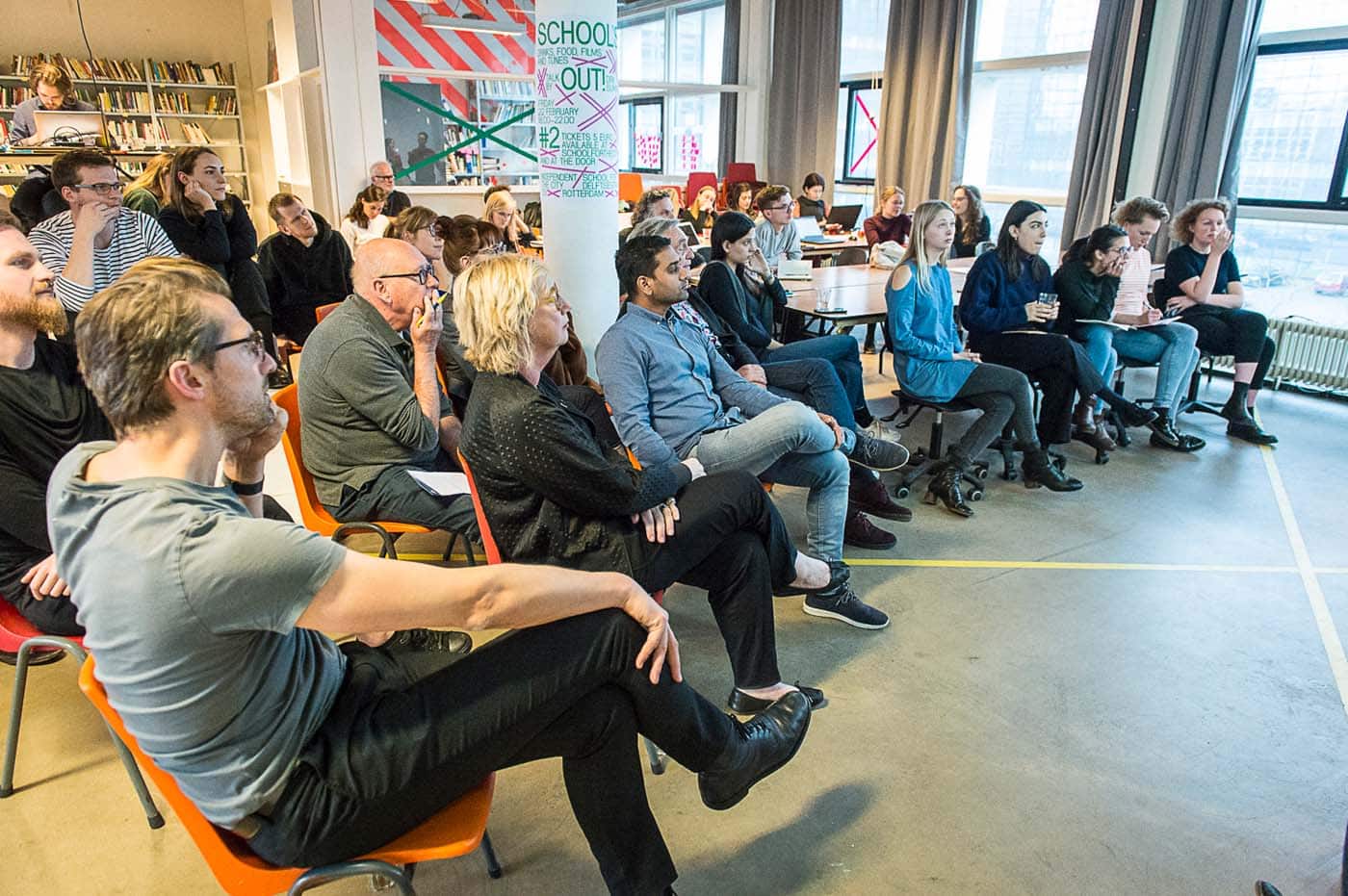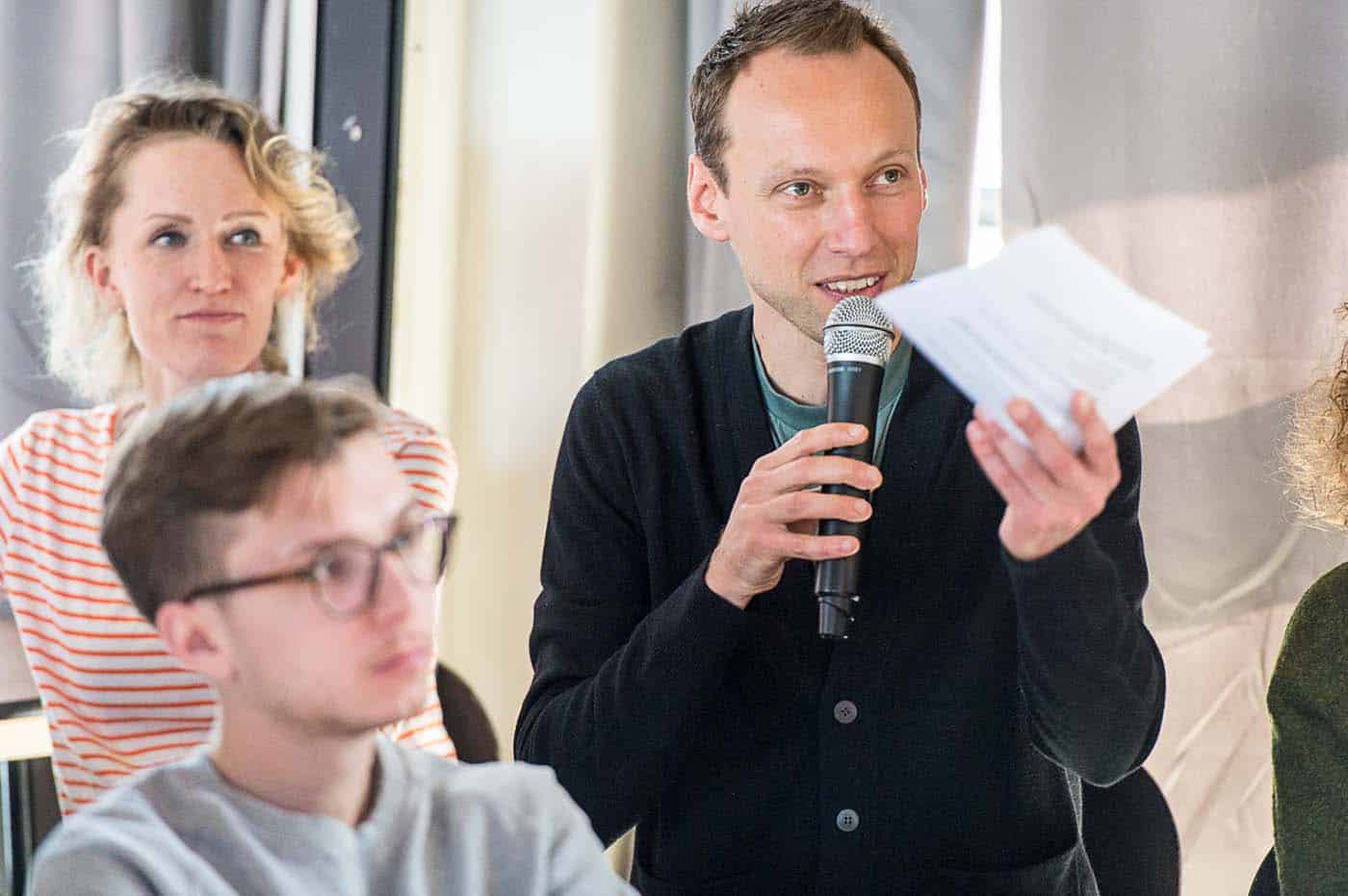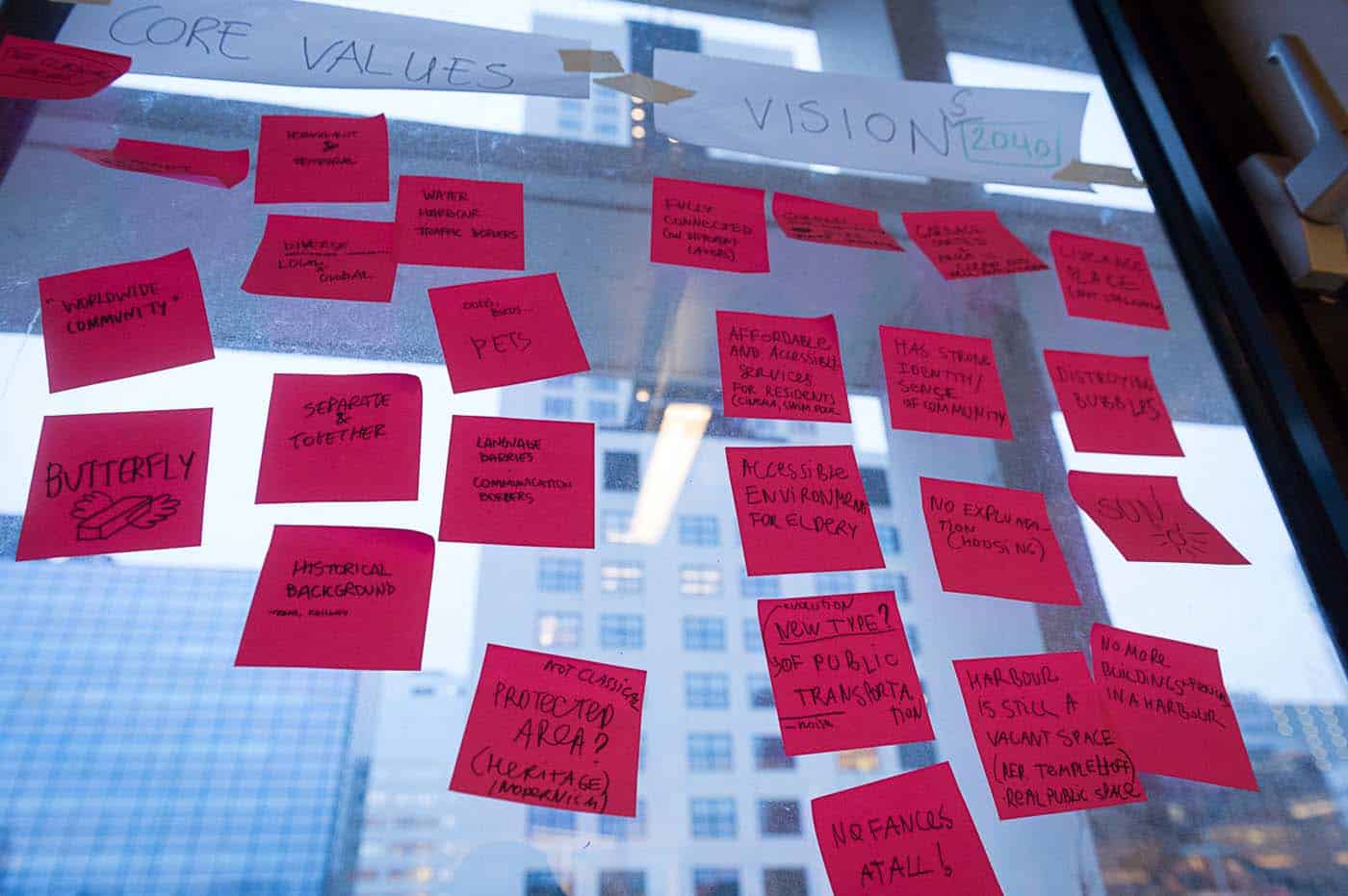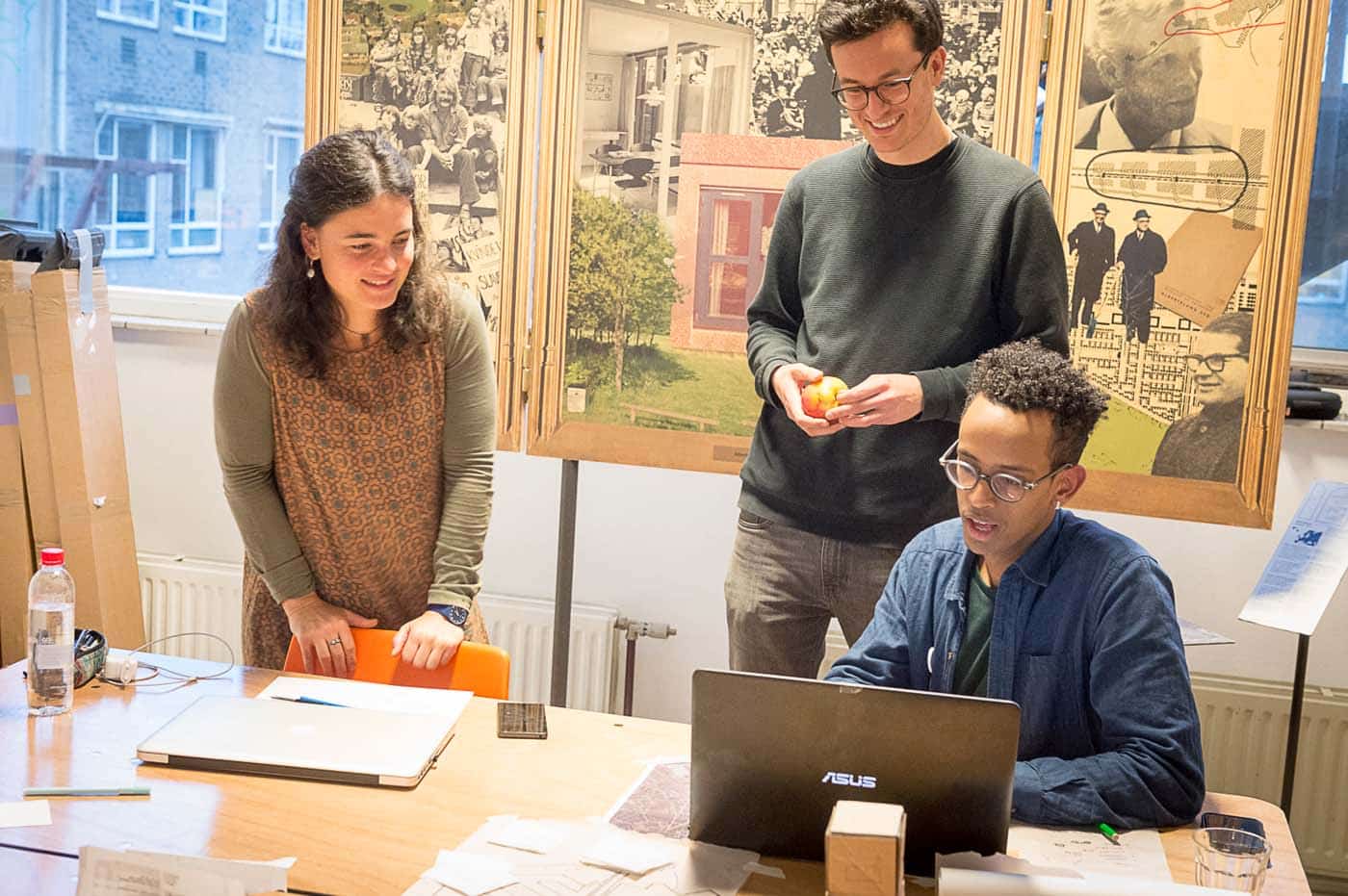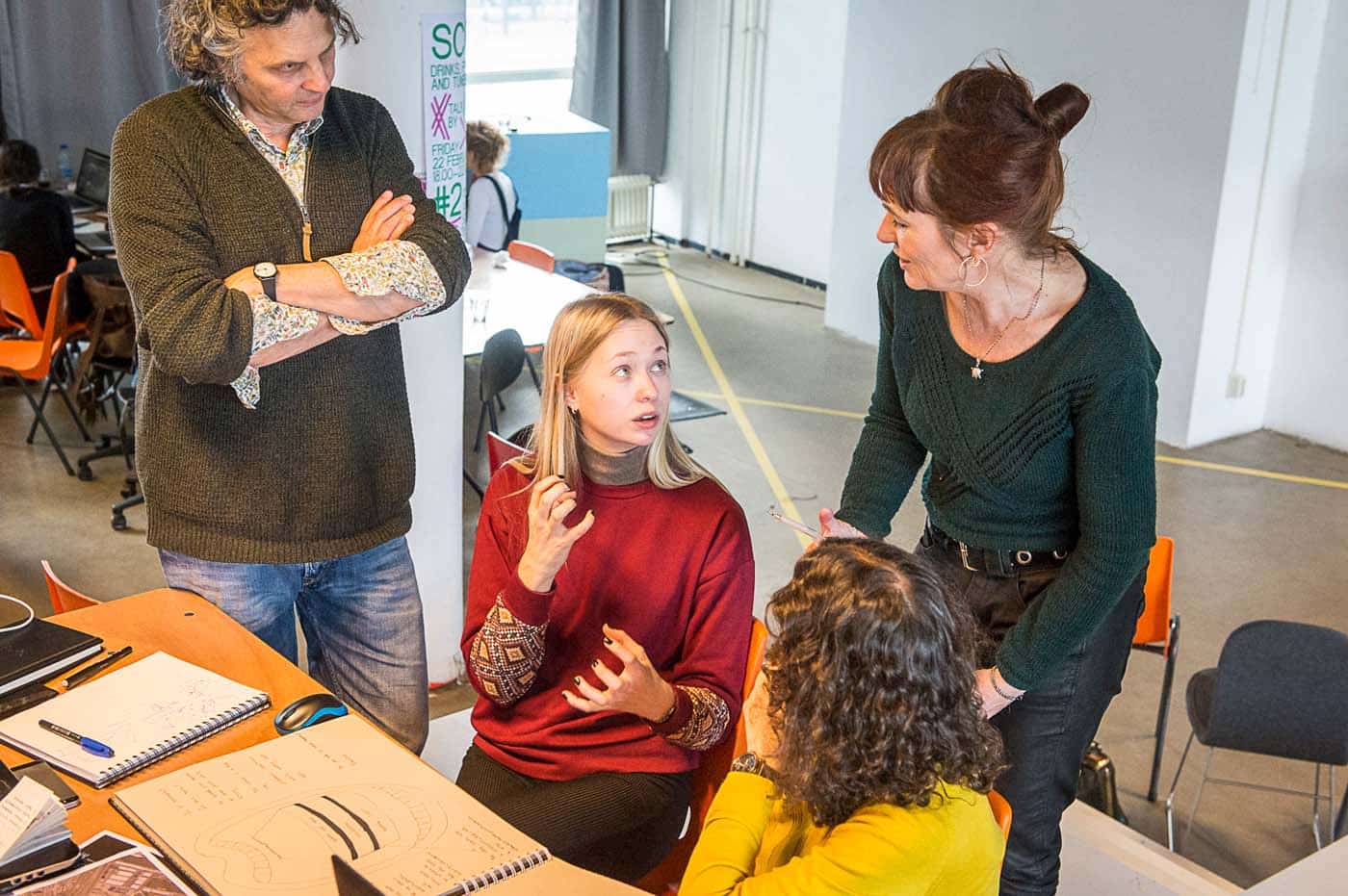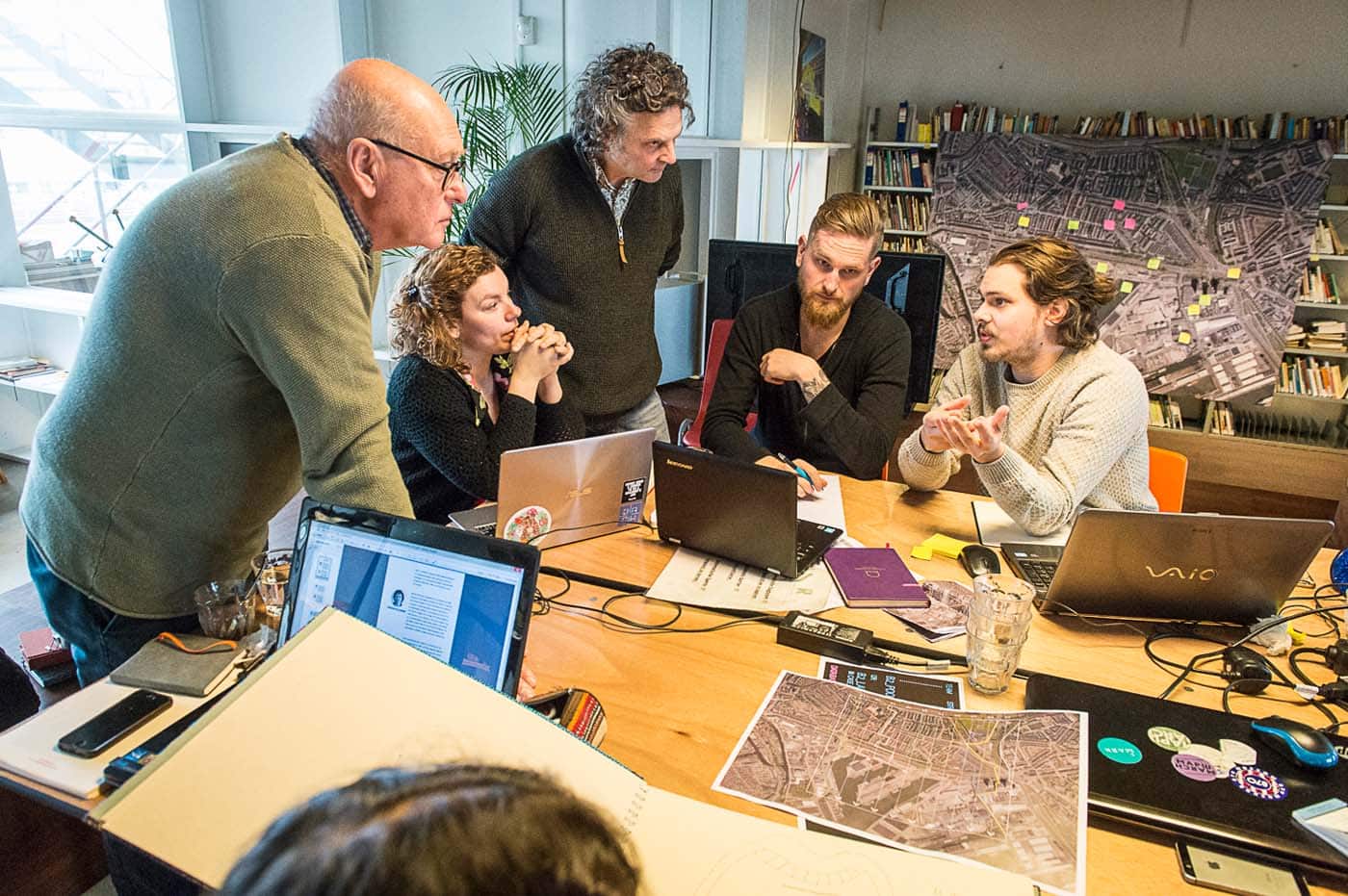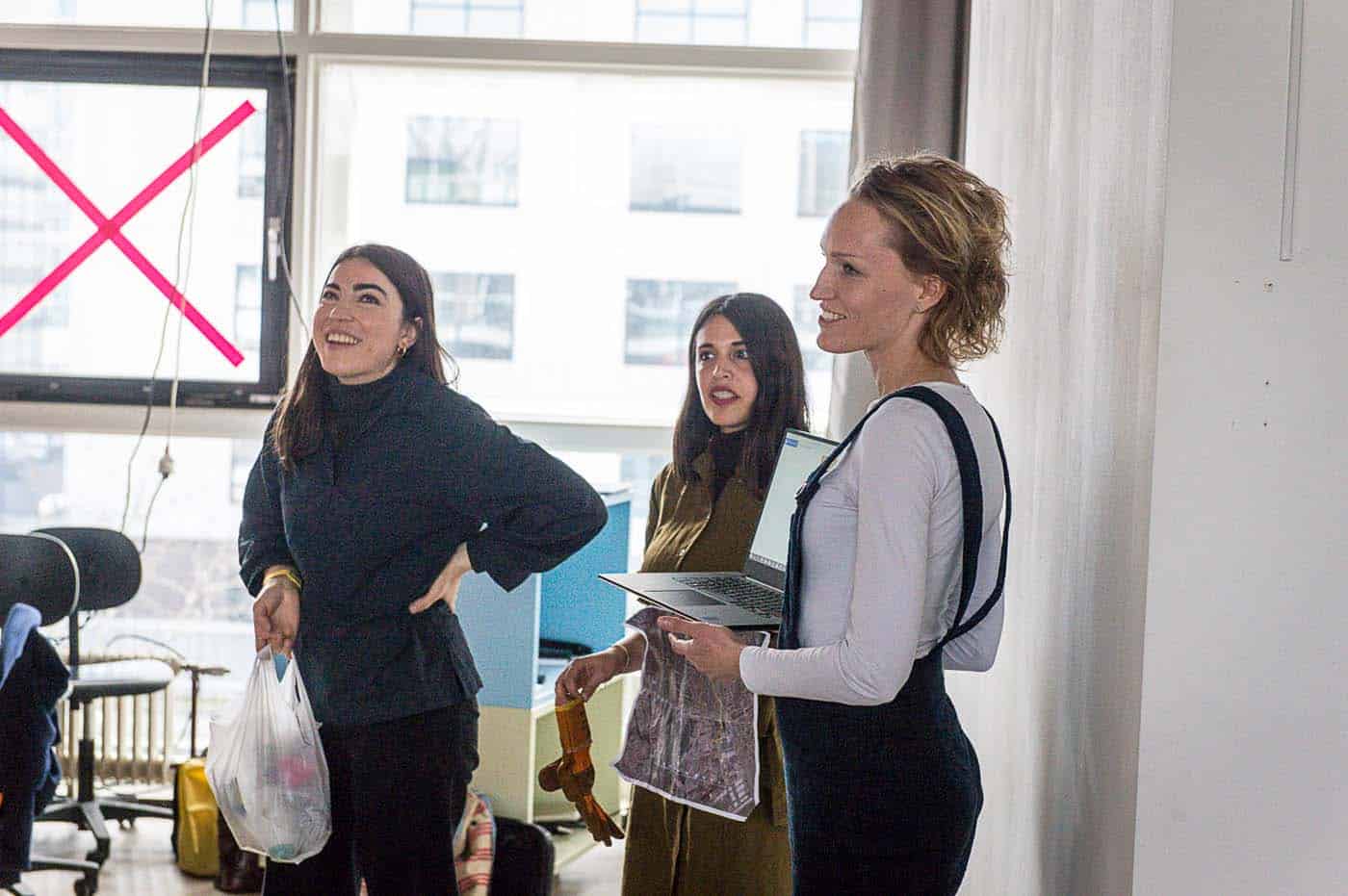BORDERS ARE FOR CROSSING
Spring School 2019
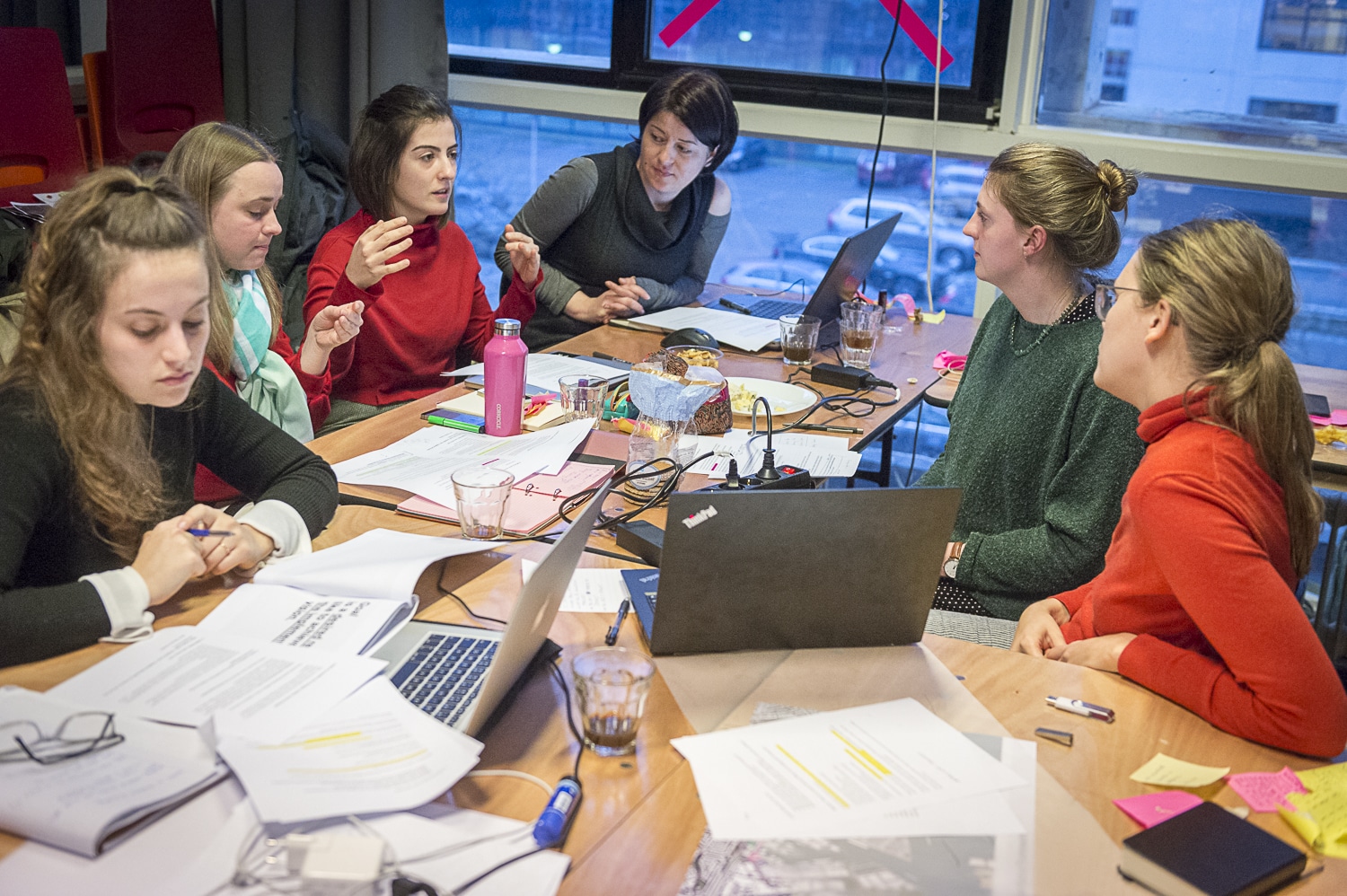
The city is full of borders. Some are physical and separate places: roads, dikes or railroads. Others are invisible and separate what people do: zoning laws and administrative boundaries. Then there are borders that are less sharply defined but very real nonetheless: between people of different incomes, cultures or with different lifestyles. All day we live with these borders, crossing them or retreating within them.
In this year’s Spring School we looked at the visible and invisible borders in an urban area that straddles the cities of Rotterdam and Schiedam: Oud/Nieuw Mathenesse. The area has two sharply divided zones: the first is an early and mid-century housing neighbourhood that has for decades been the destination of migrant workers and other immigrants to find homes, start businesses and families and gradually integrate into the Dutch economy and society. The past decade it has seen a strong influx and rooting down of migrants from Eastern Europe, as witnessed by the many Polish and other eastern European shops and businesses. As such, the area is a prime example of how Rotterdam/Schiedam is a City of Comings and Goings©. The culture and economy of the area are strongly marked by the ongoing exchanges between the local entrepreneurs and families and their homeland markets in the middle east, north Africa and eastern Europe.
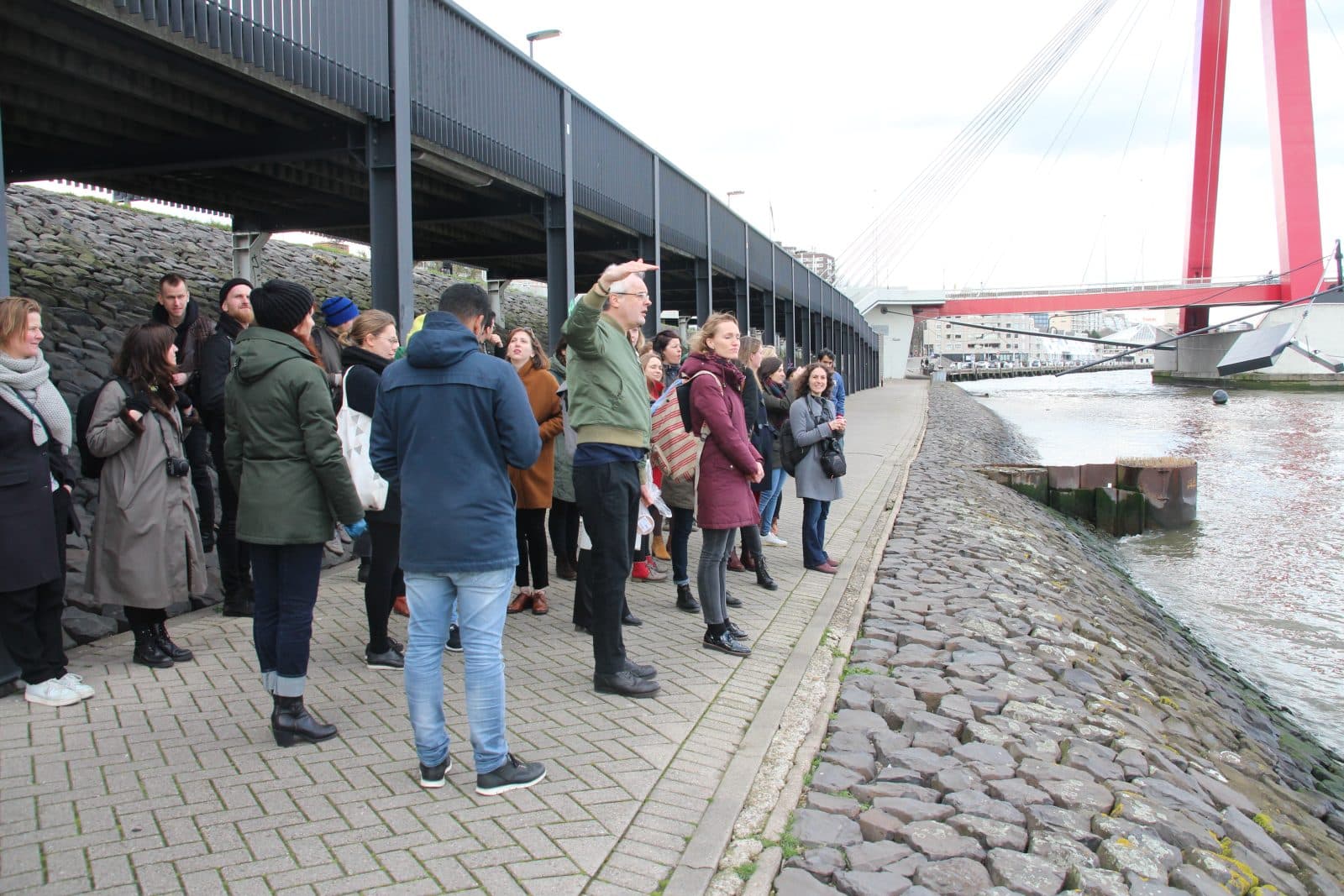
To the south of this area, separated from it by a wide sea dyke and a road, lies the second area. Originally it was a large railyard and a port. While the railways have disappeared, the port area is still partly used for warehousing and various industrial activities. Mostly though, it is being restructured into an urban, innovative and creative milieu, as part of the M4H harbour reconversion project. The new users of this area are an international network of companies, creative classes and digital nomads, equally international and footloose as the inhabitants of the housing area at the other side of the dyke.
The irony - and the great spatial and economic challenge - of this juxtaposition is that both areas are examples of the City of Comings and Goings that our urban environment has become, but that they are separated by all the barriers, visible and invisible, you can imagine. Both areas might have seamless connections with the rest of Europe and beyond but are separated from each other as if by a concrete wall, guards and electronic surveillance.
The task of the participants in the Spring School was effectively to connect both areas to each other and to achieve a more complete and more integrated migration-driven urbanism, to make a city that does not divide the different globalised economies and communities on the basis of class or political opportunity, but that keeps them together, maximising their mutual benefits and the benefits to the local communities and economy. We tried to look at this area in a radical way, meaning with the explicit will to go against the dominant trends and to change it fundamentally, to break down the deeply ingrained barriers and make the city whole. We immersed ourselves in the city and used all our senses to understand it in all its complexities and contradictions, its elites and its underdogs. We used the dirty realities of the city as the raw material out of which we composed our Ideal New City: one that sticks together, one that has learned to love its own complexity, is not afraid of its contradictions and does not let itself be torn apart by bureaucracy, class or infrastructure.
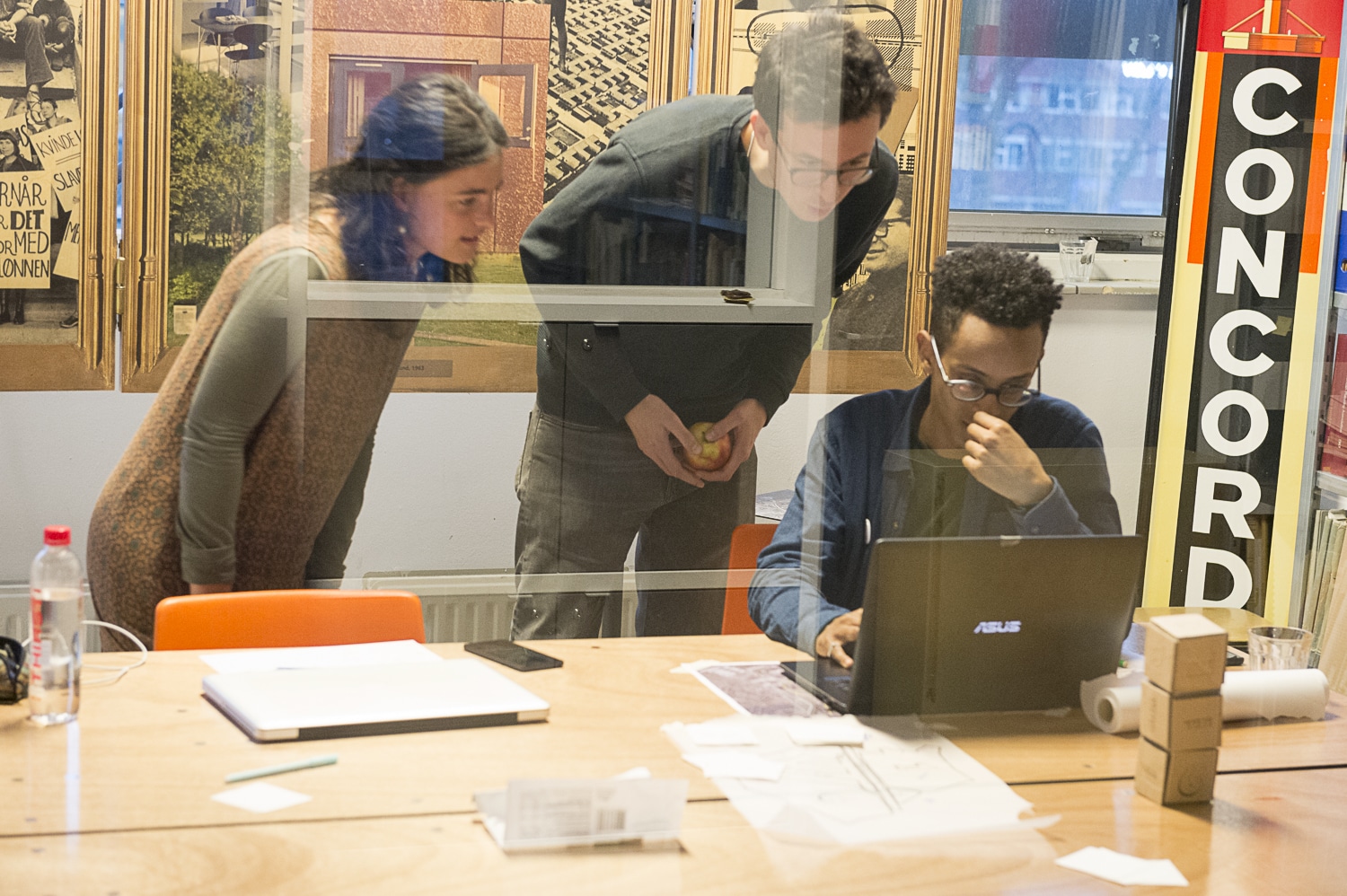
Participants: Alexandra Totoianu, Artem Batukaev, Dasha Pyrogova, Eleonora Sovrani, Hani Salih, Hannah Beard, Hugo Lopez, Johannes Bernsteiner, JustynaKościńska, Karen Lambert, Katrien Ligt, Liubov Shkurenko, Maloe Brinkman, Mandana Cont, Mariana Lankhorst Marinho, Mariana Bucat, Marieke Spits, Mariia Gryshchenko, Marina Kyriakou, Meredith Blake, Milka Dokuzova, Natasha Pirogova, Nina Riewe, Prisca Arosio, Sabrina Ryan, Simon Salvador, Tanja Elstgeest, Tautvydas Urbelis, Zeynep Yavuz
Tutors: Thijs Barendse, Jeroen de Bok, Elma van Boxel, Ewout Dorman, Mike Emmerik, Edith Gruson, Gerard Hadders, Theo Hauben, Jord den Hollander, Kristian Koreman, Herman Kossmann, Miodrag Kuč, Mirjam Niemeyer, Annuska Pronkhorst, Michelle Provoost, Arnold Reijndorp, Simone Rots, Vladyslav Tyminskyi, Wouter Vanstiphout, Cassandra Wilkins and Valentyna Zotova.
